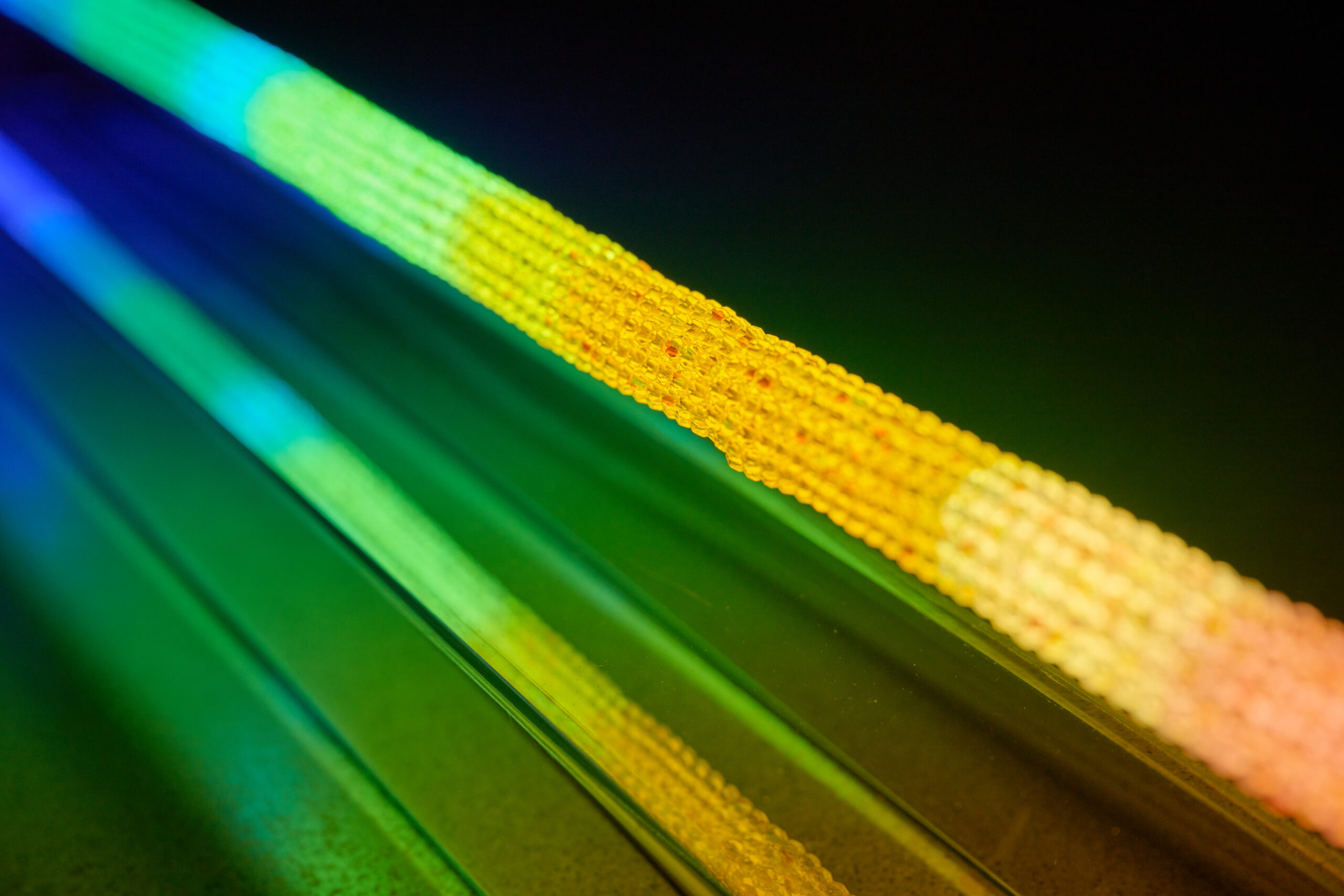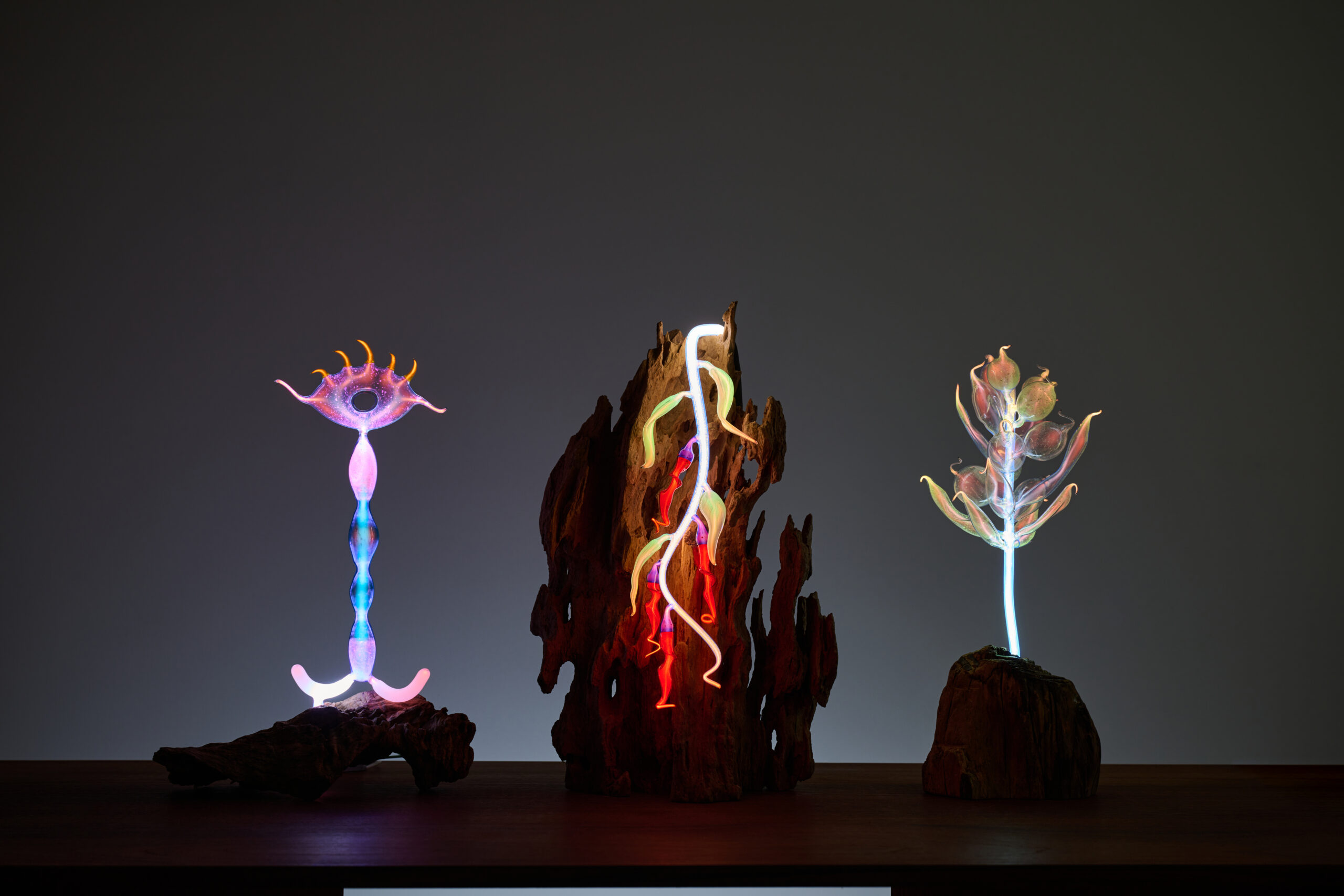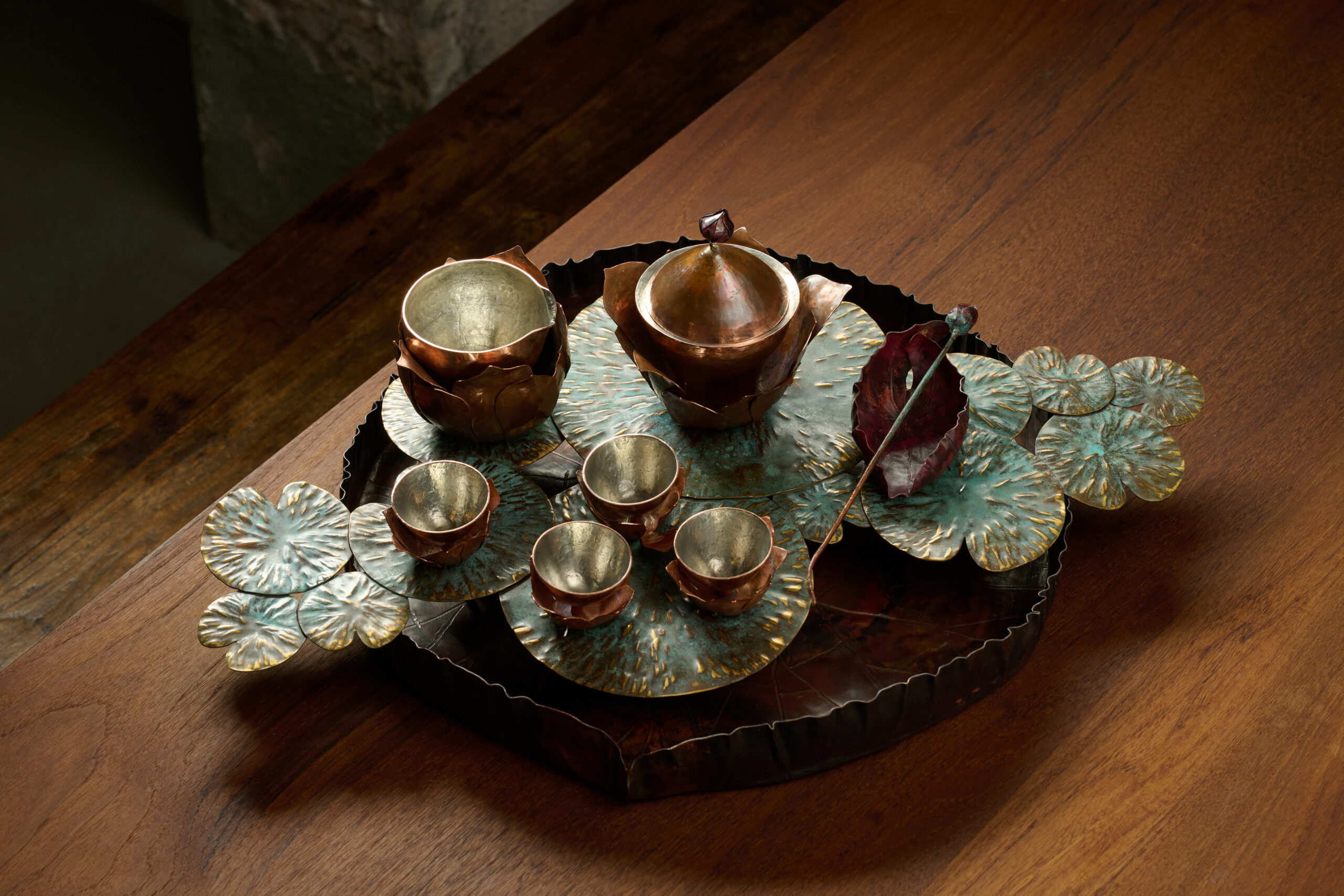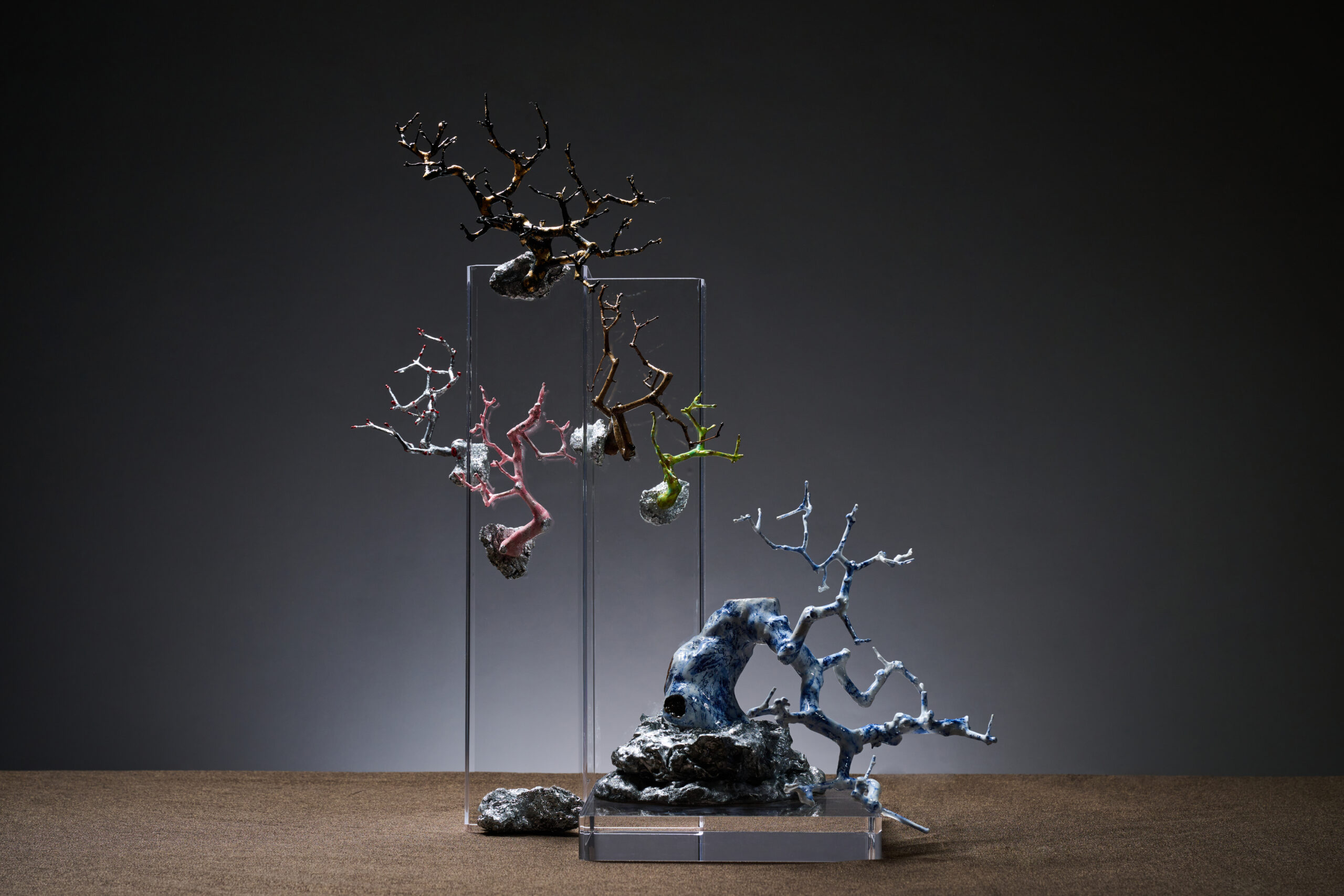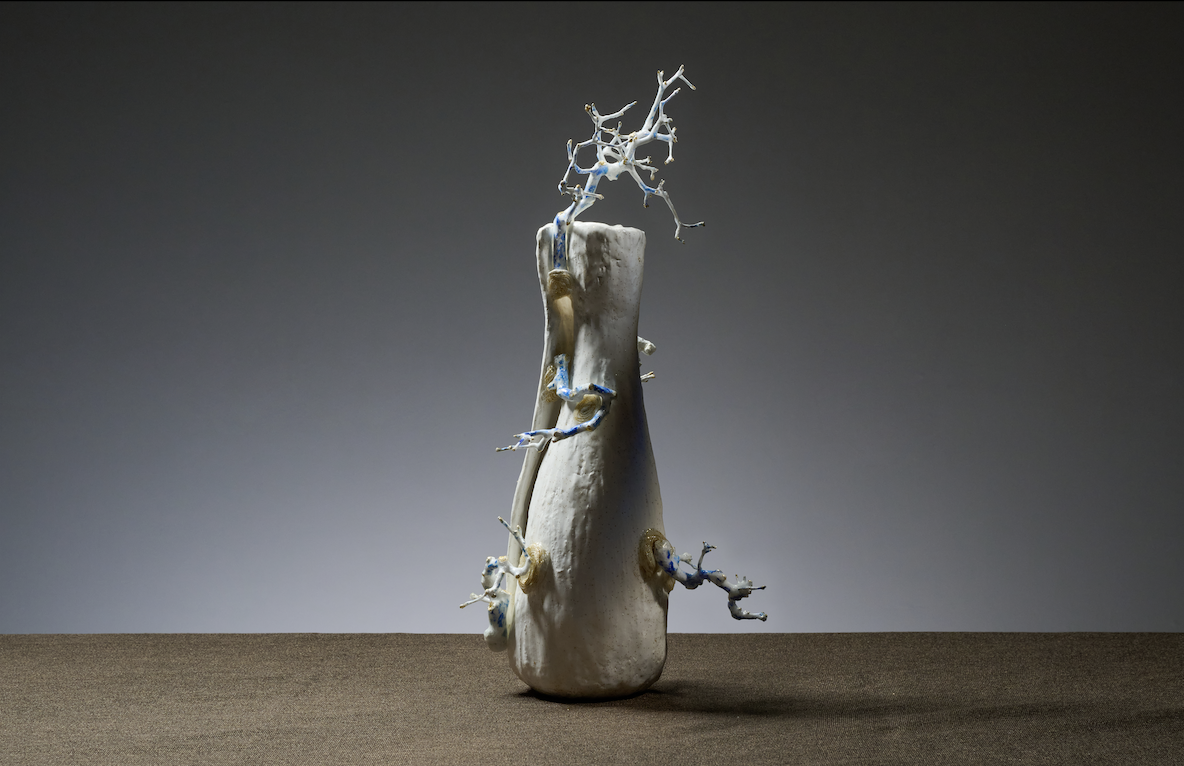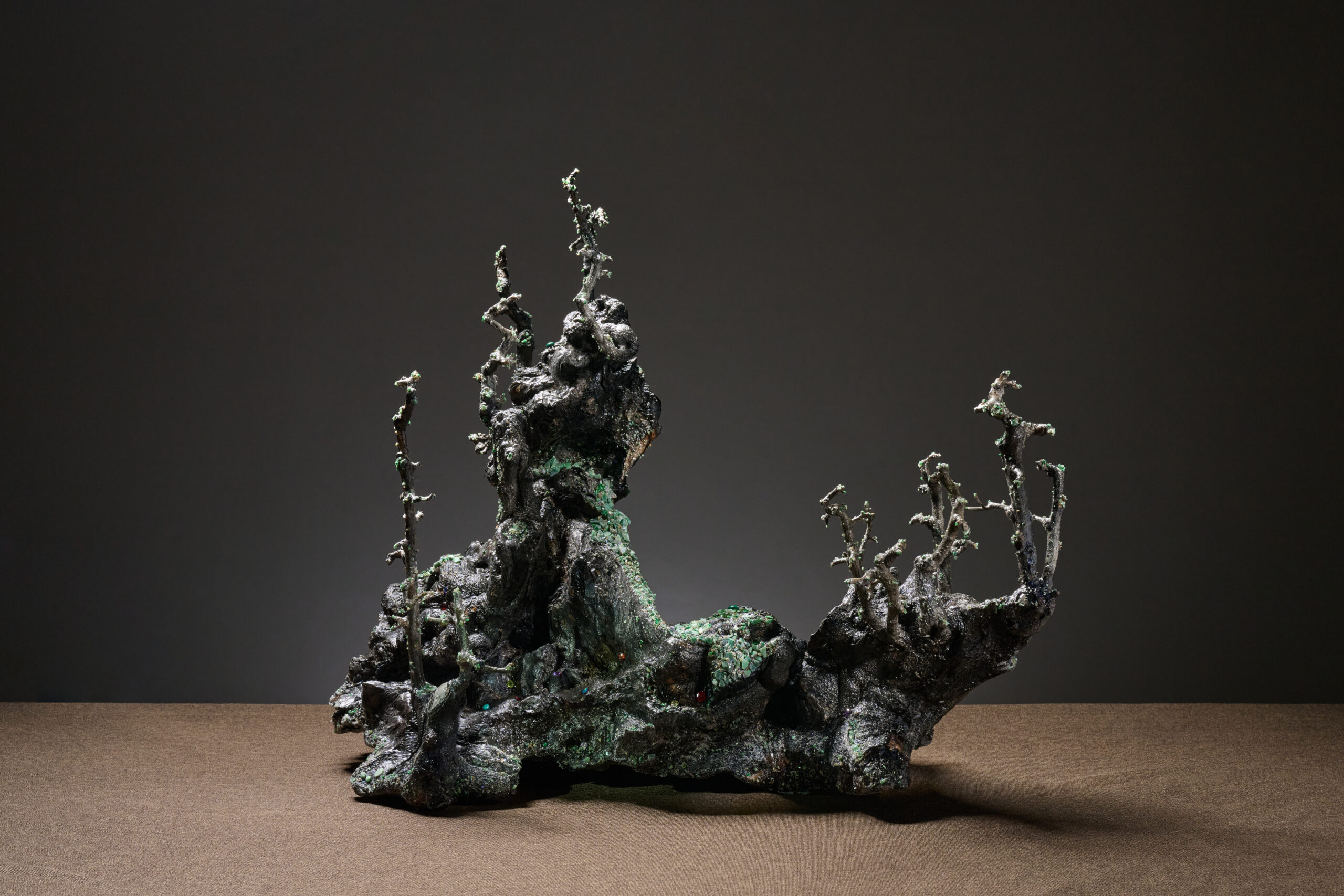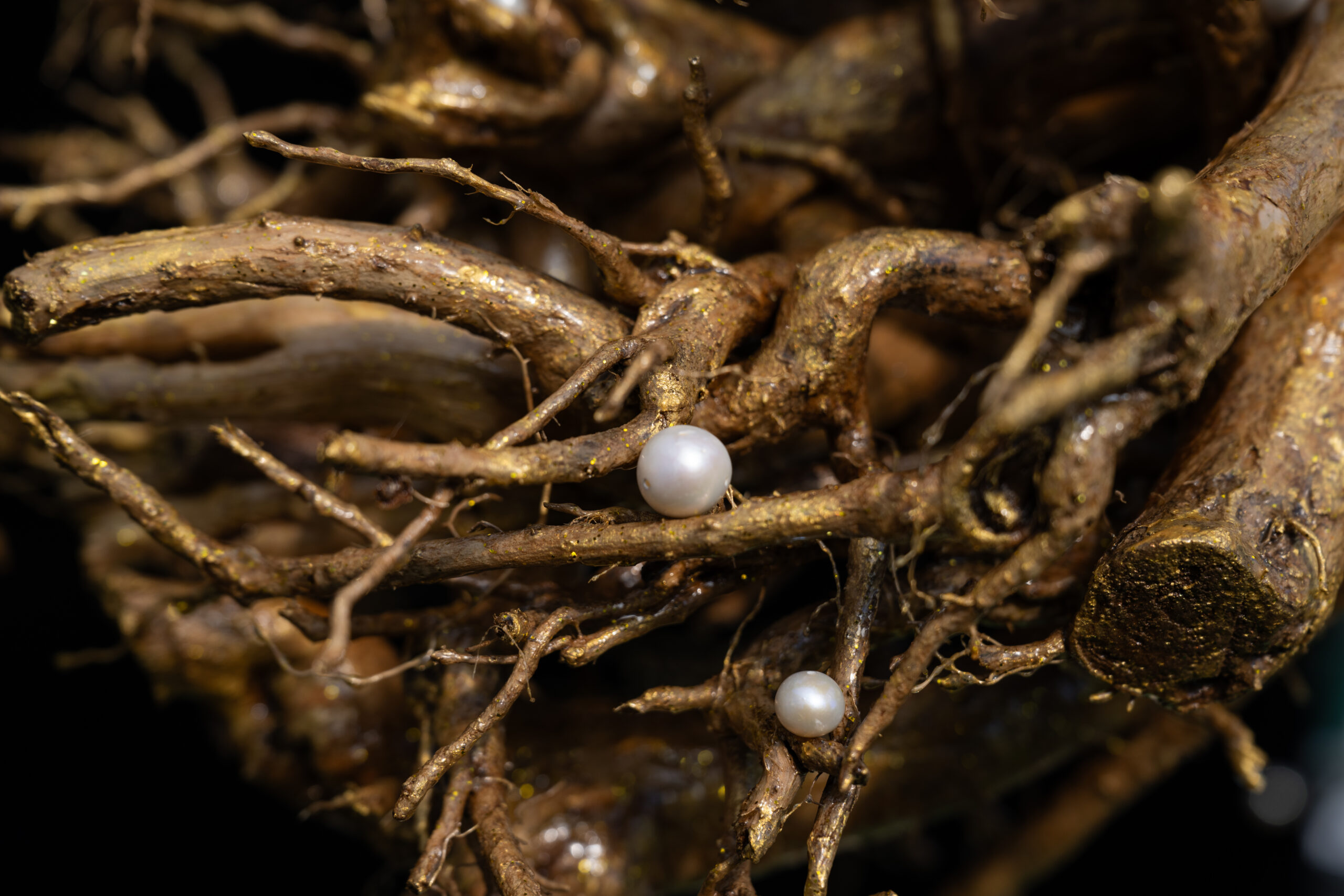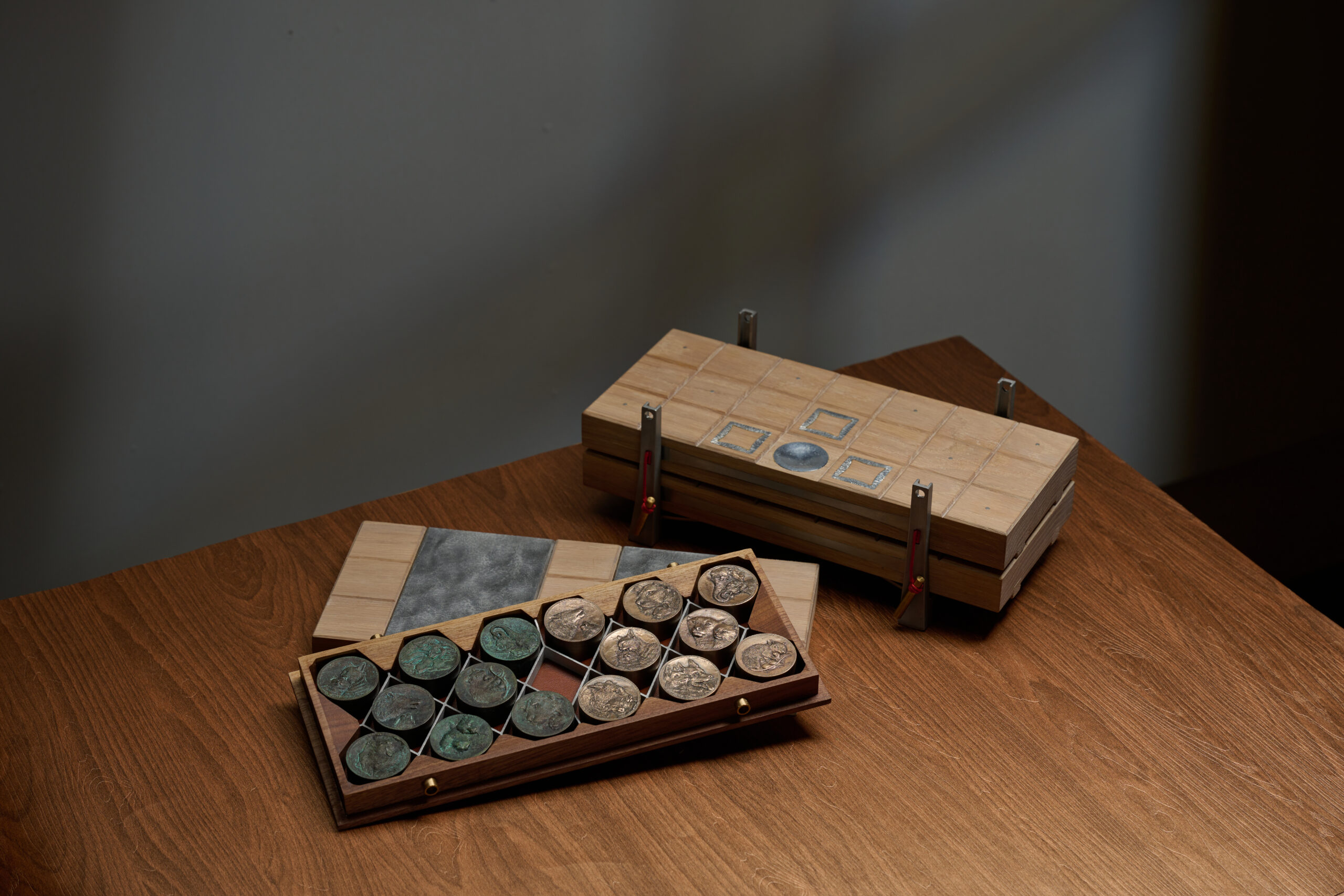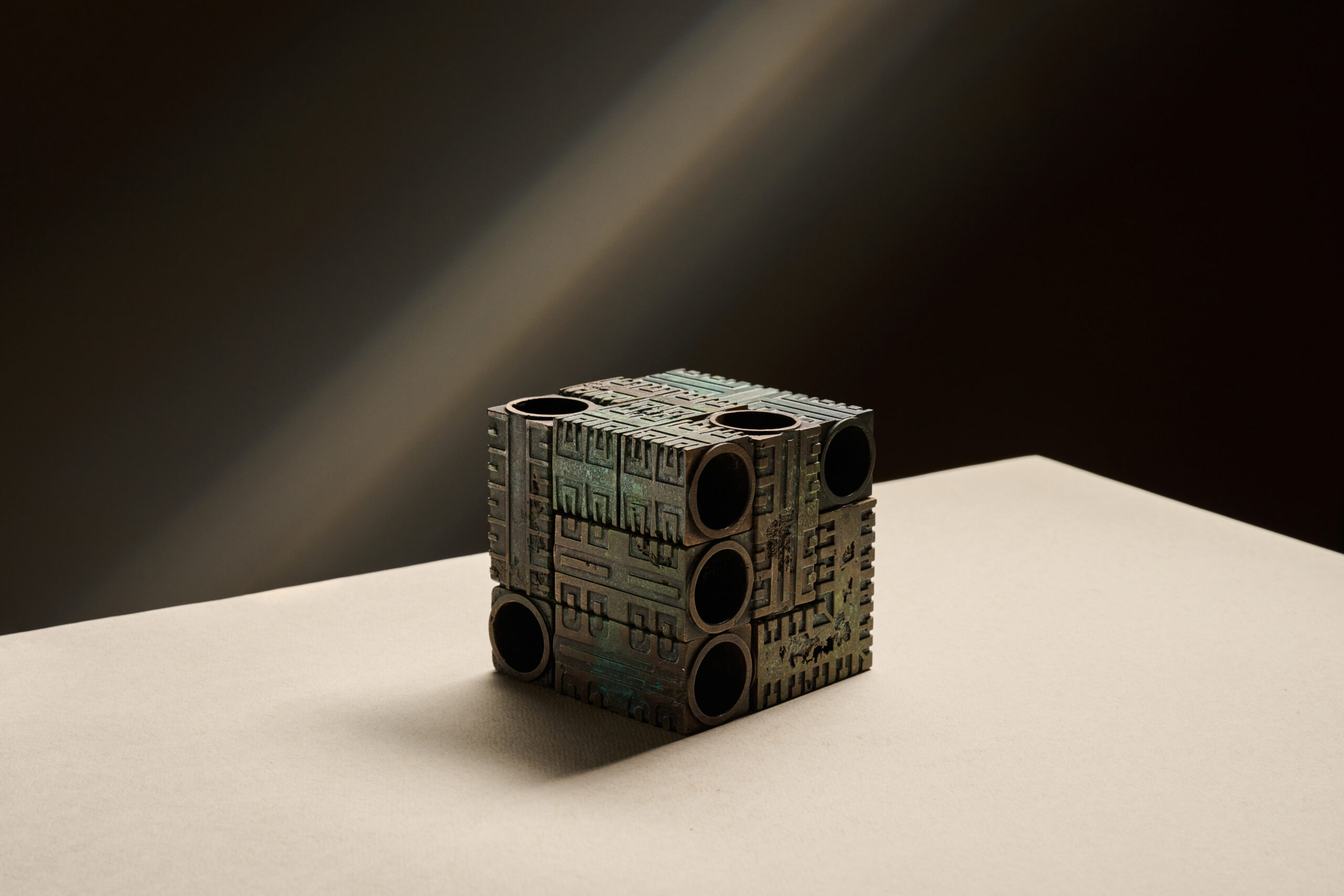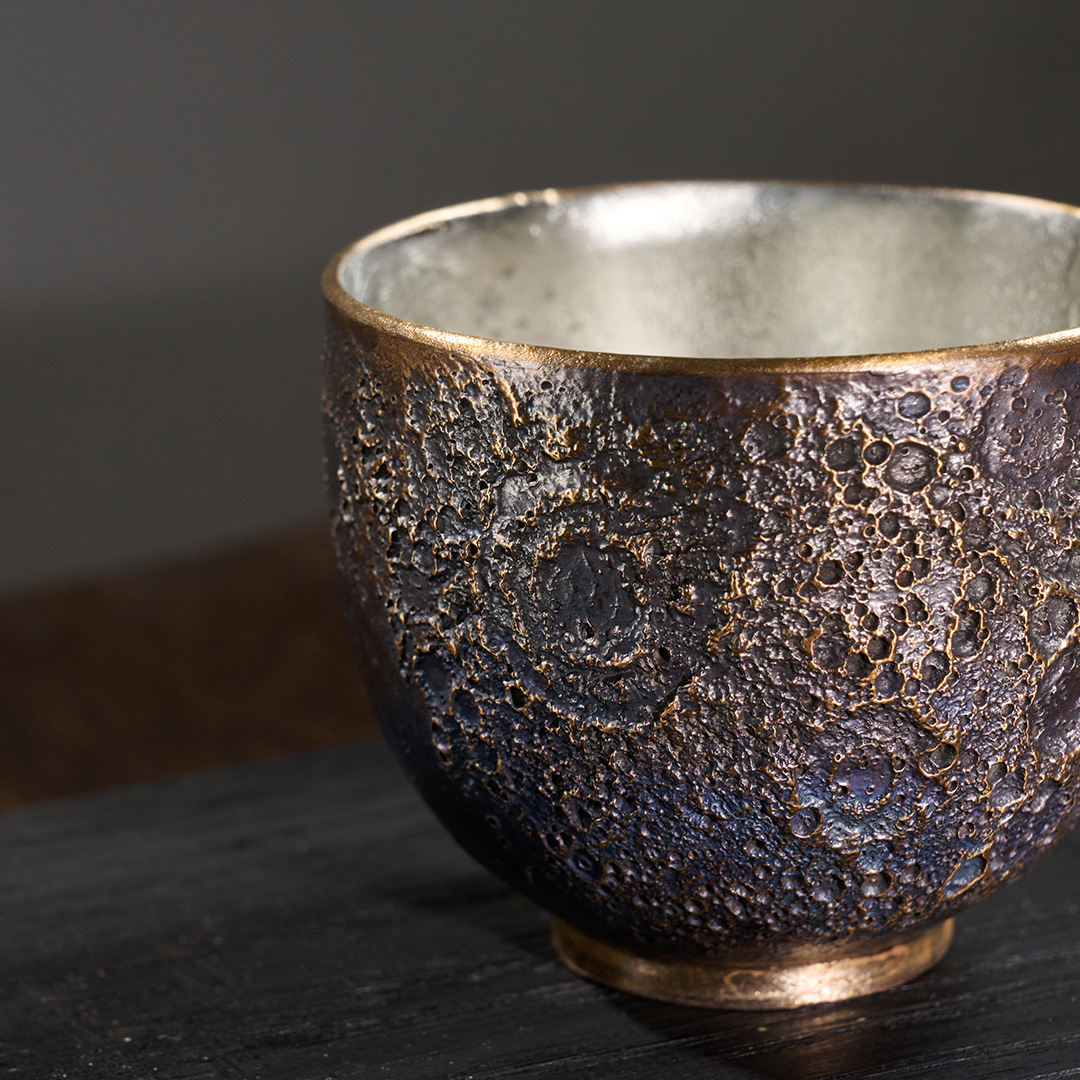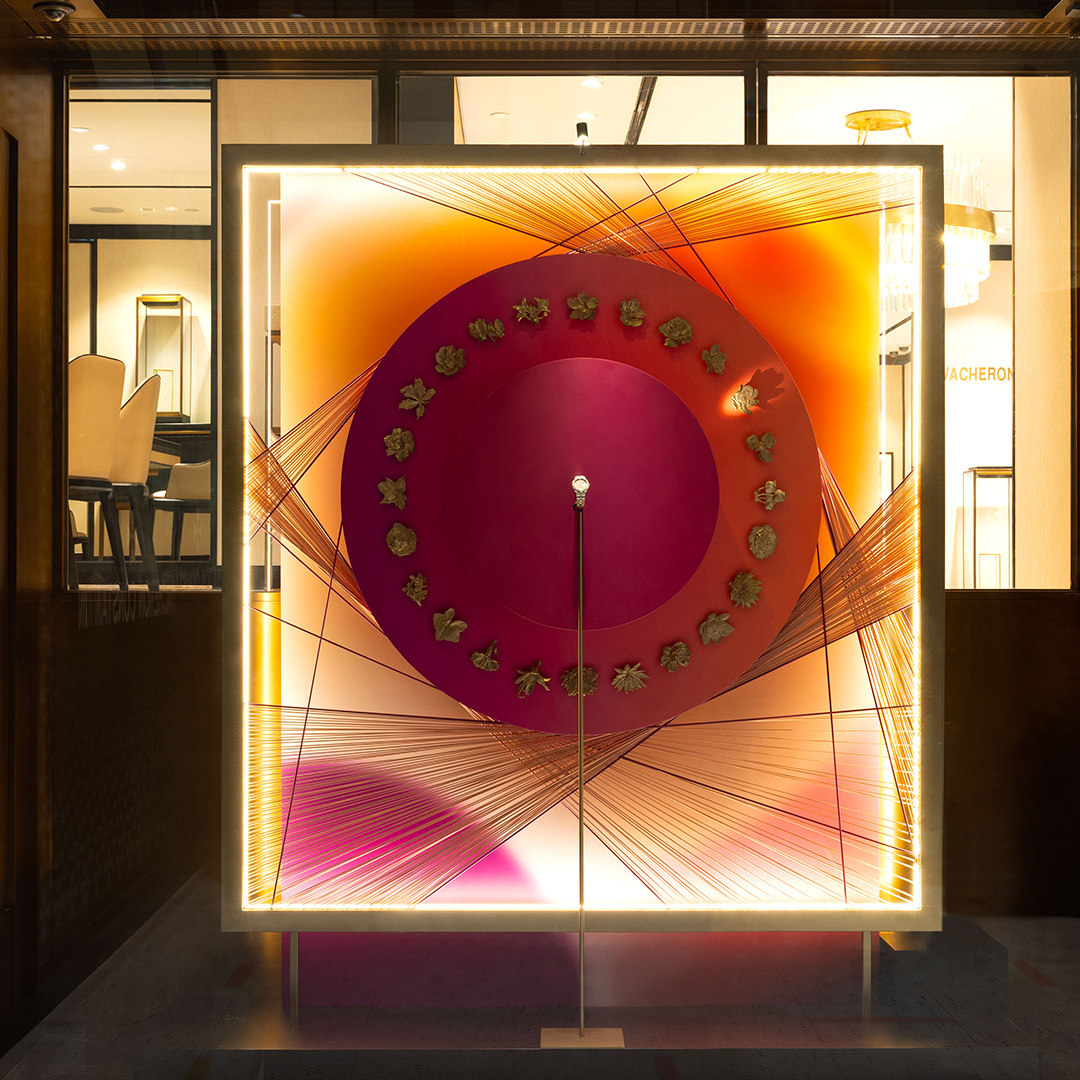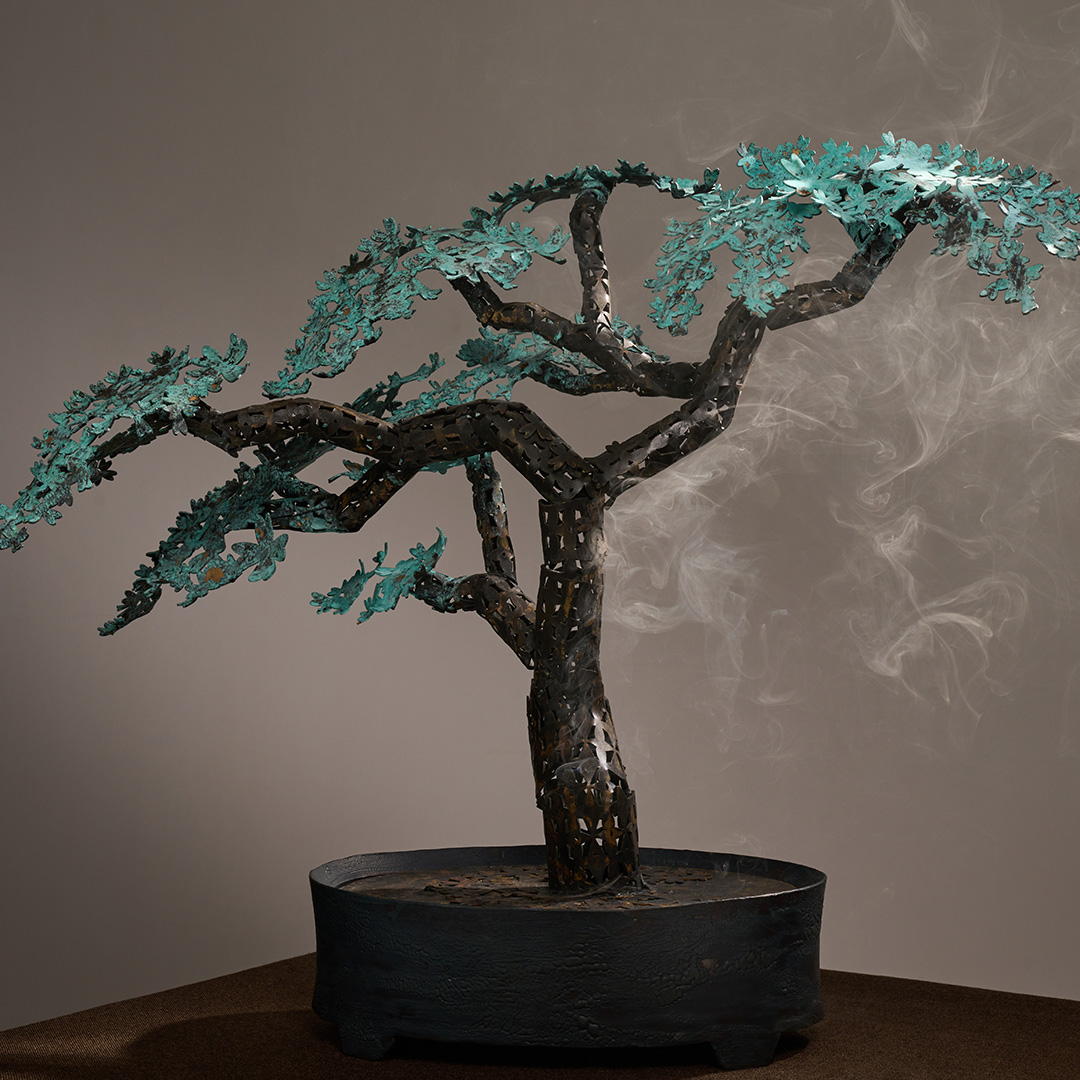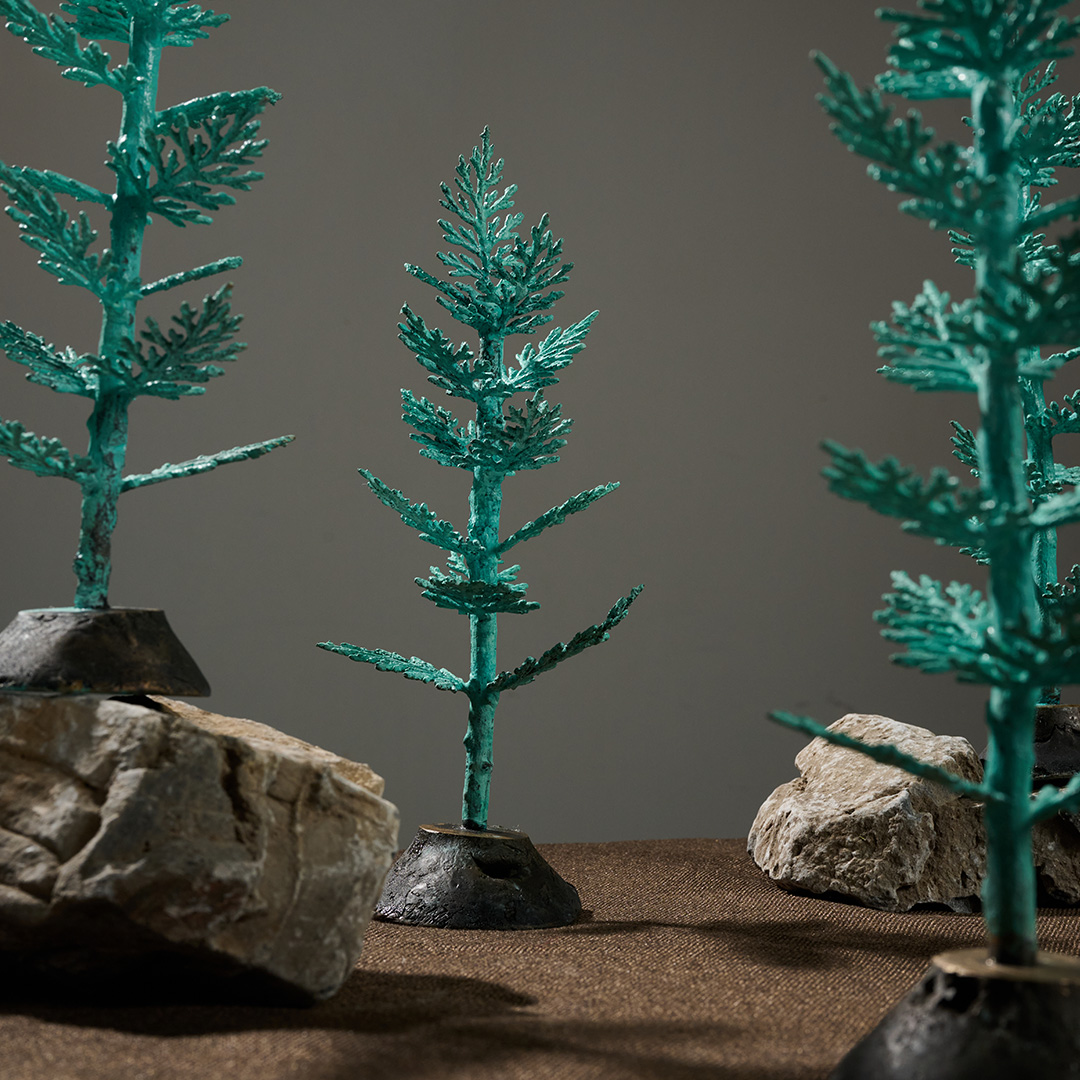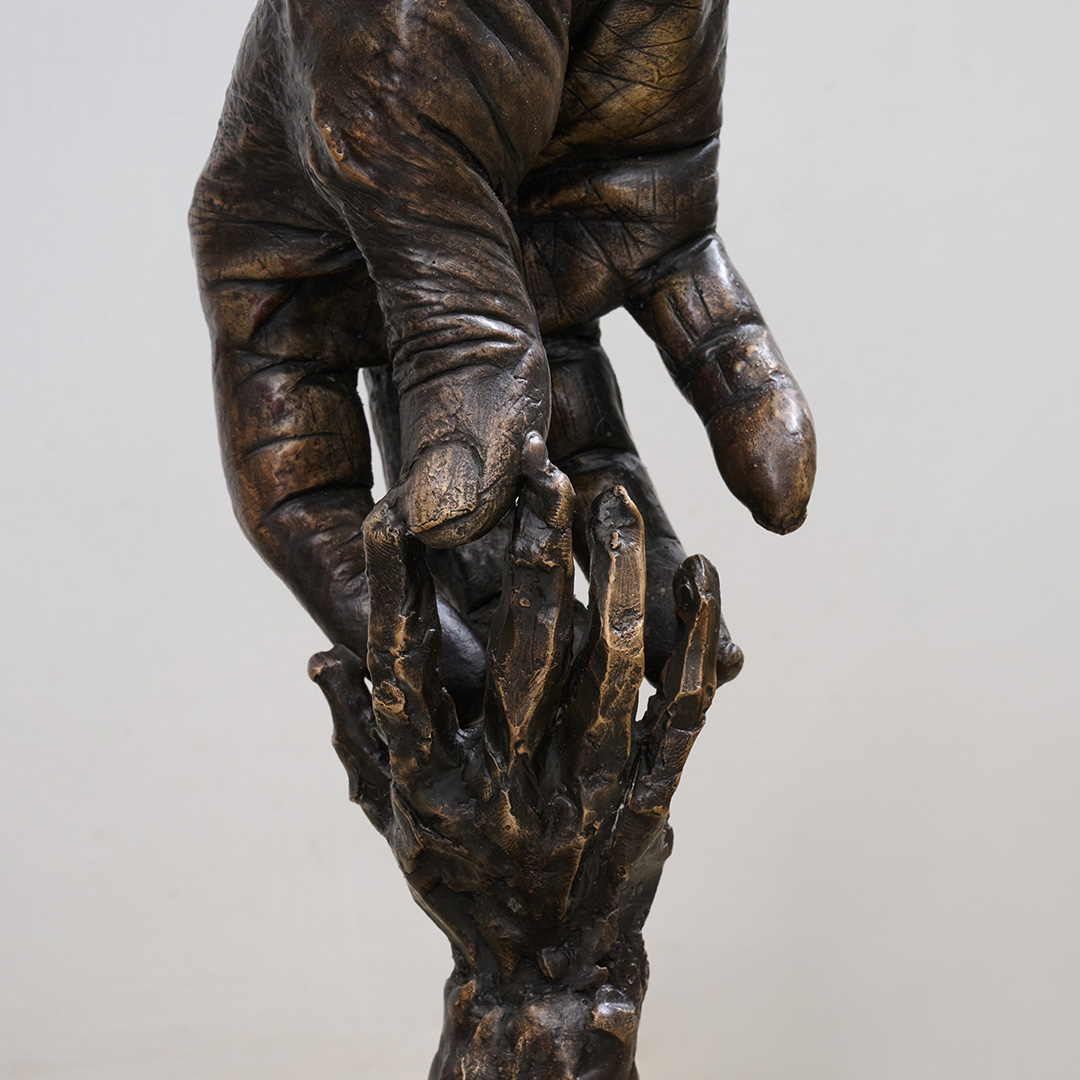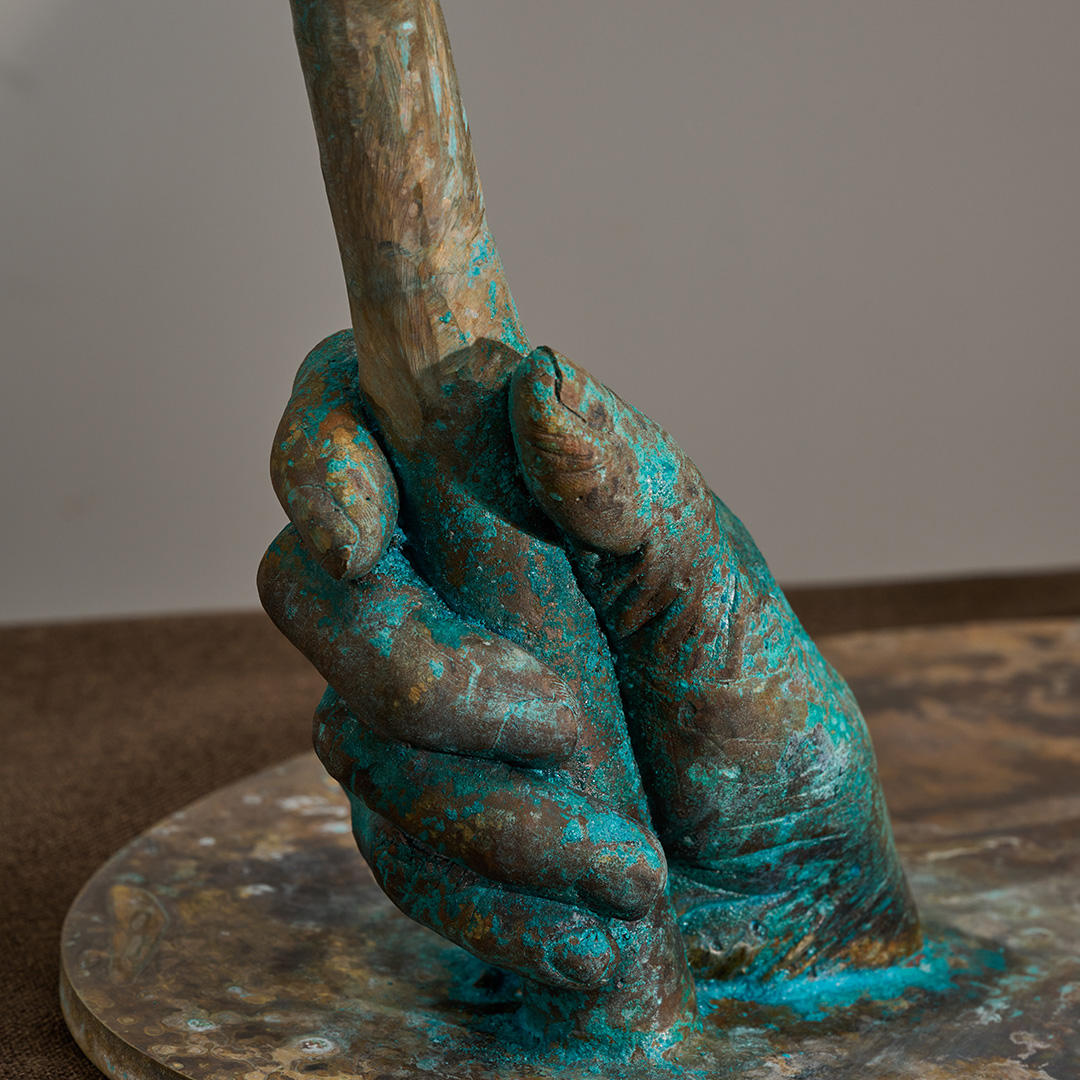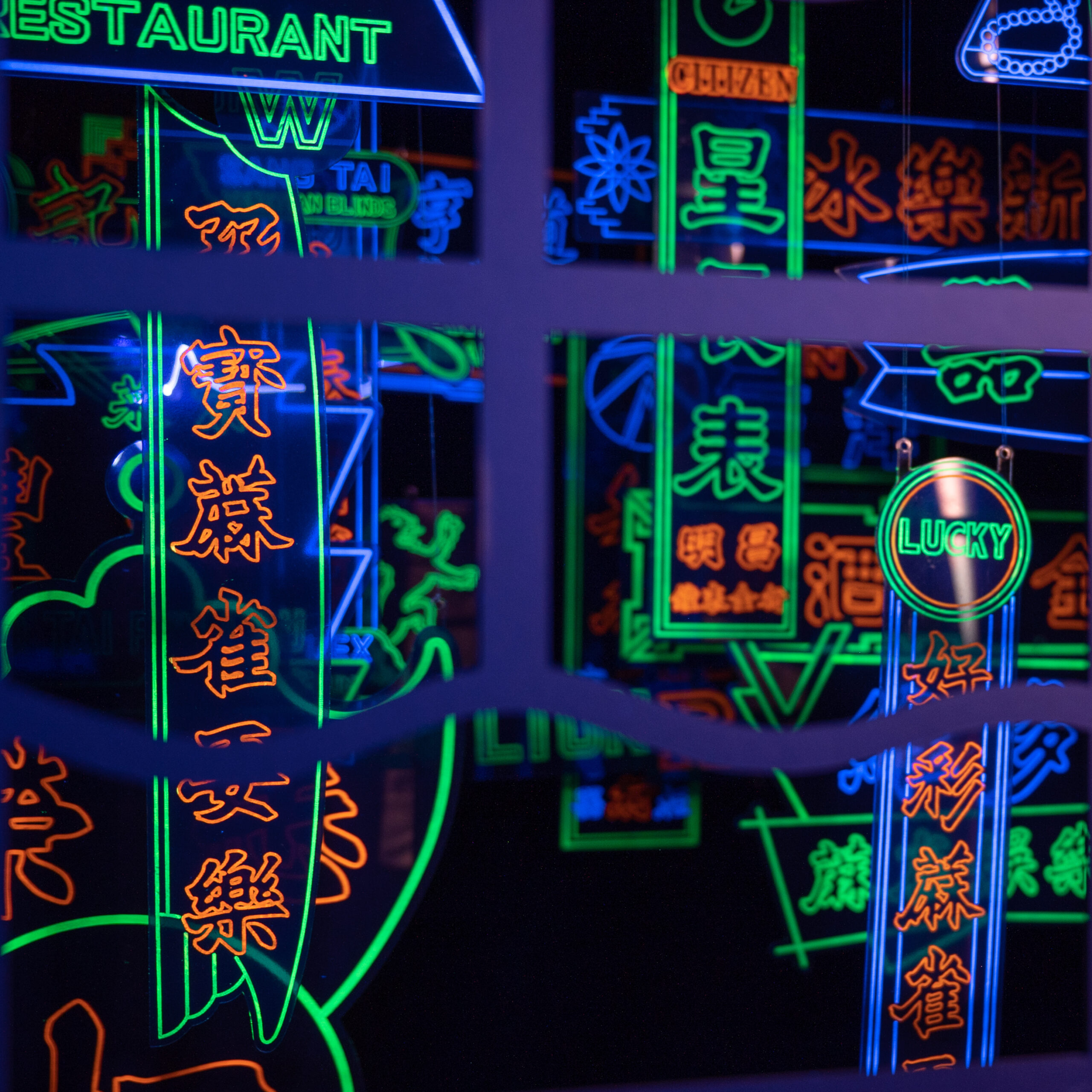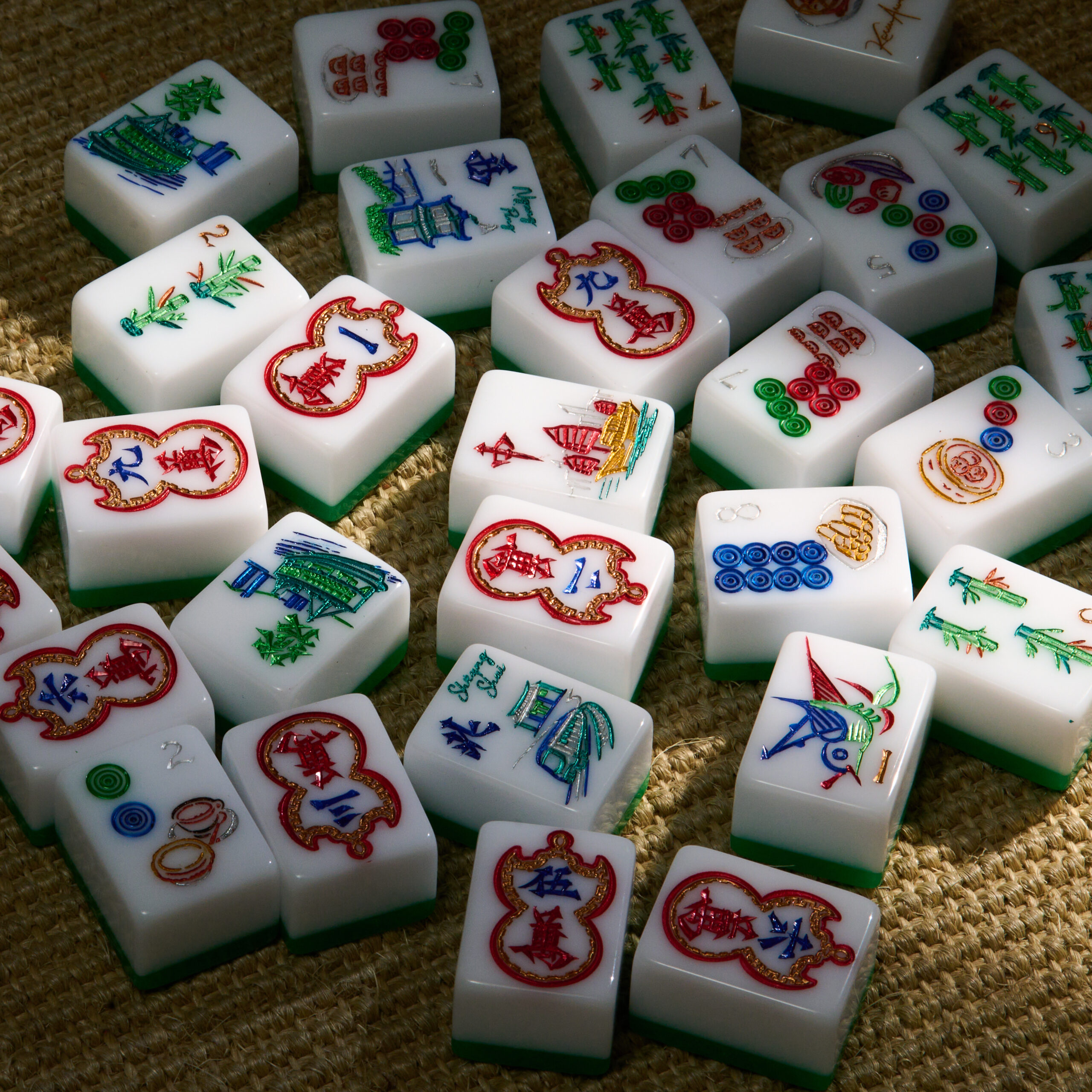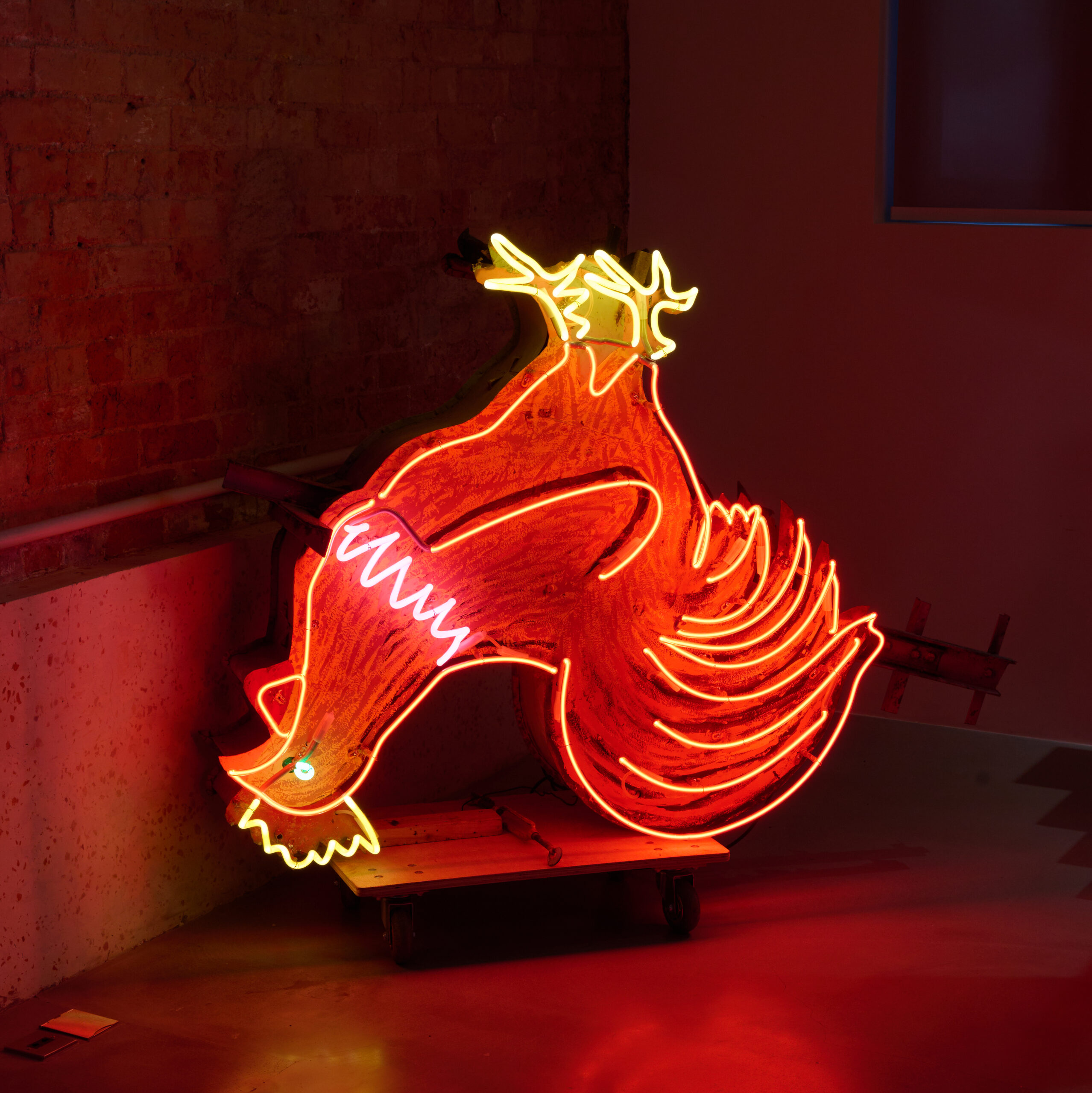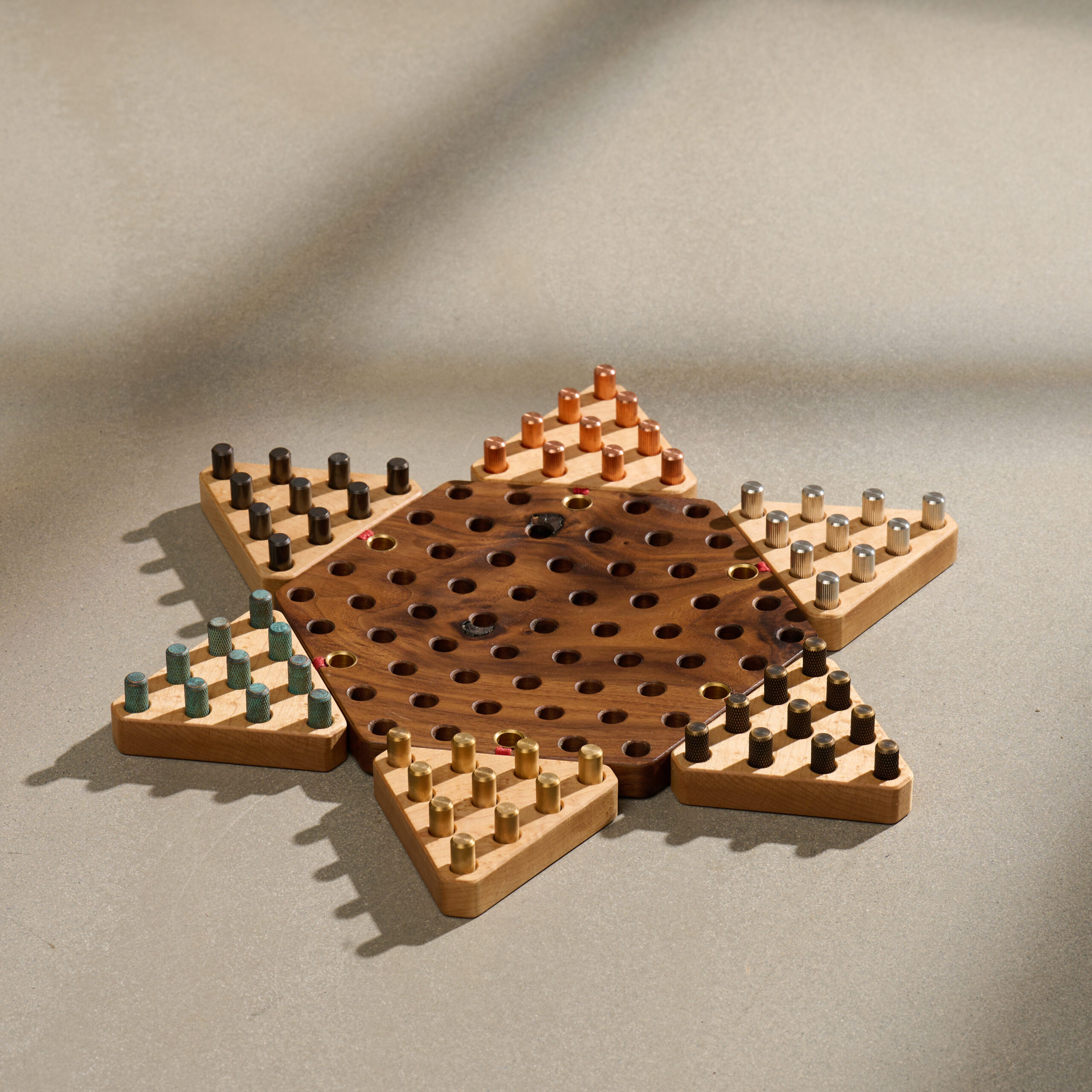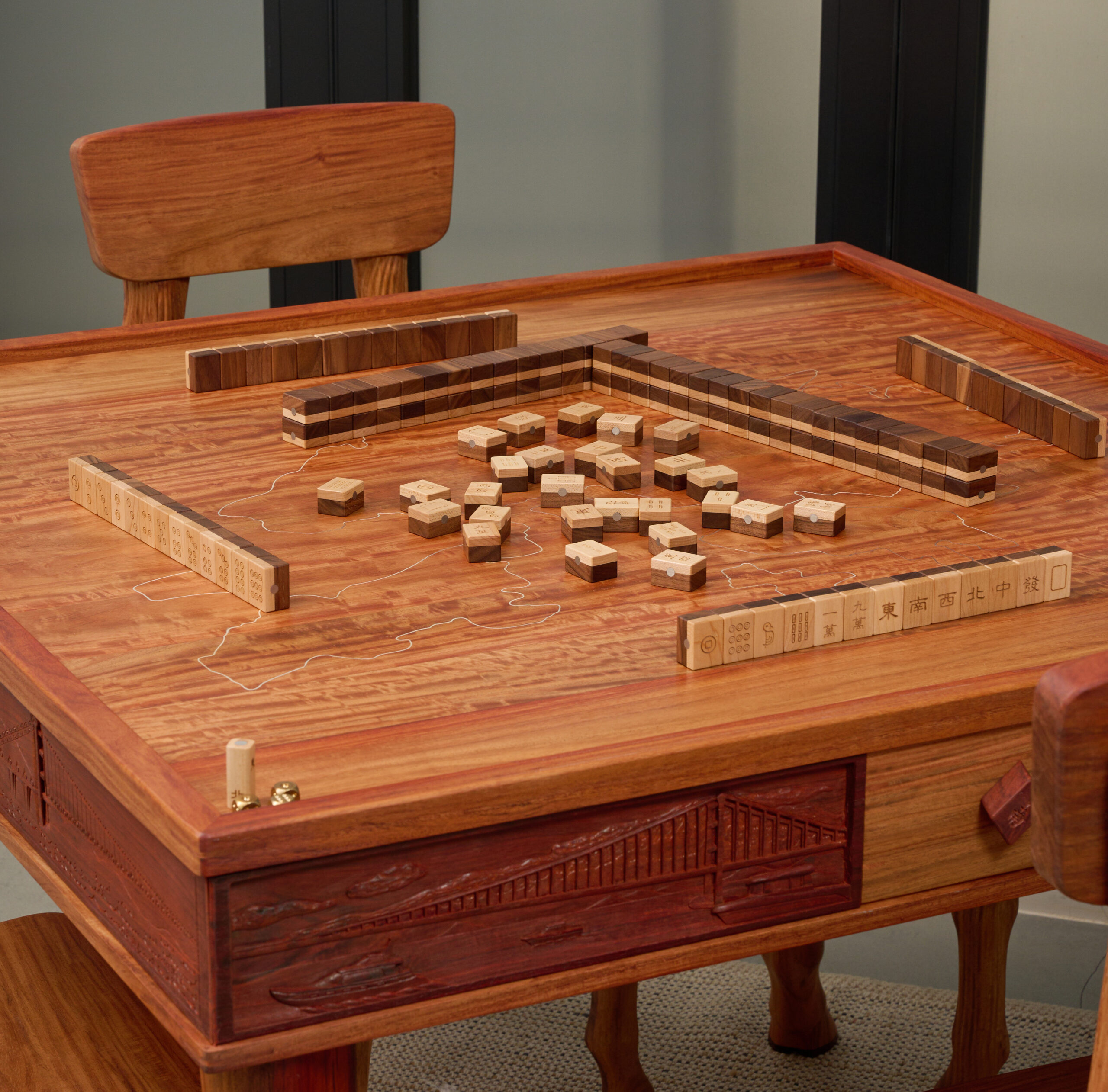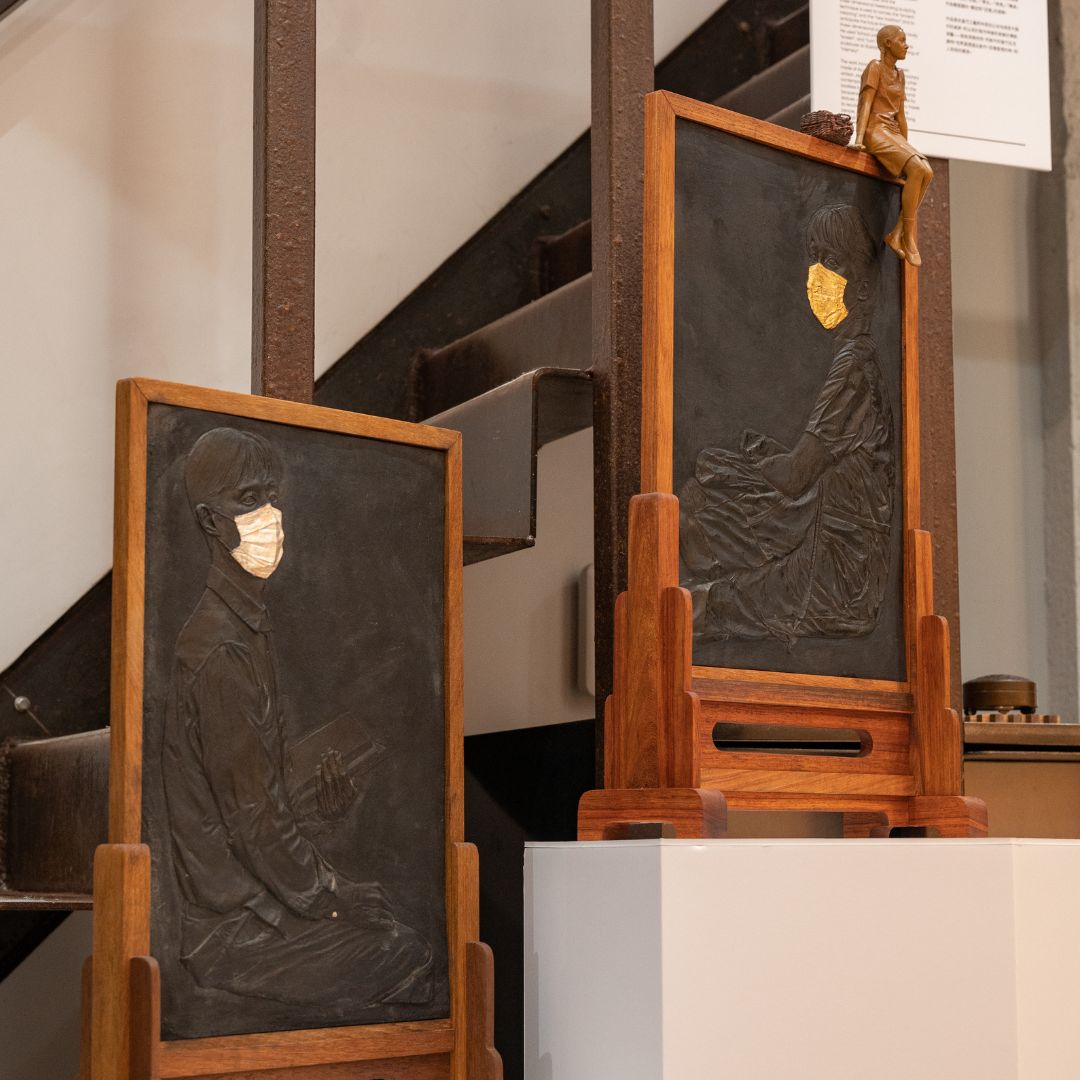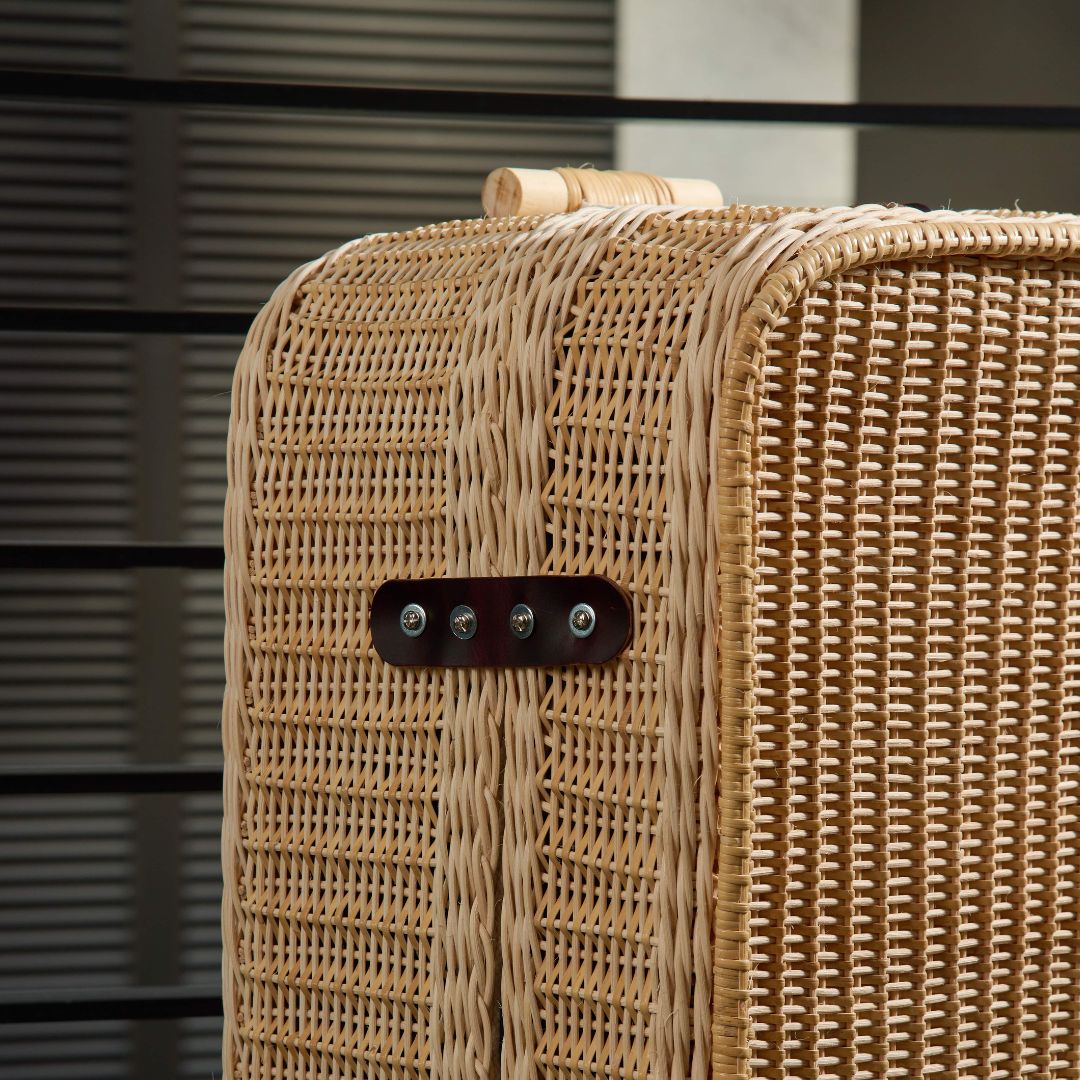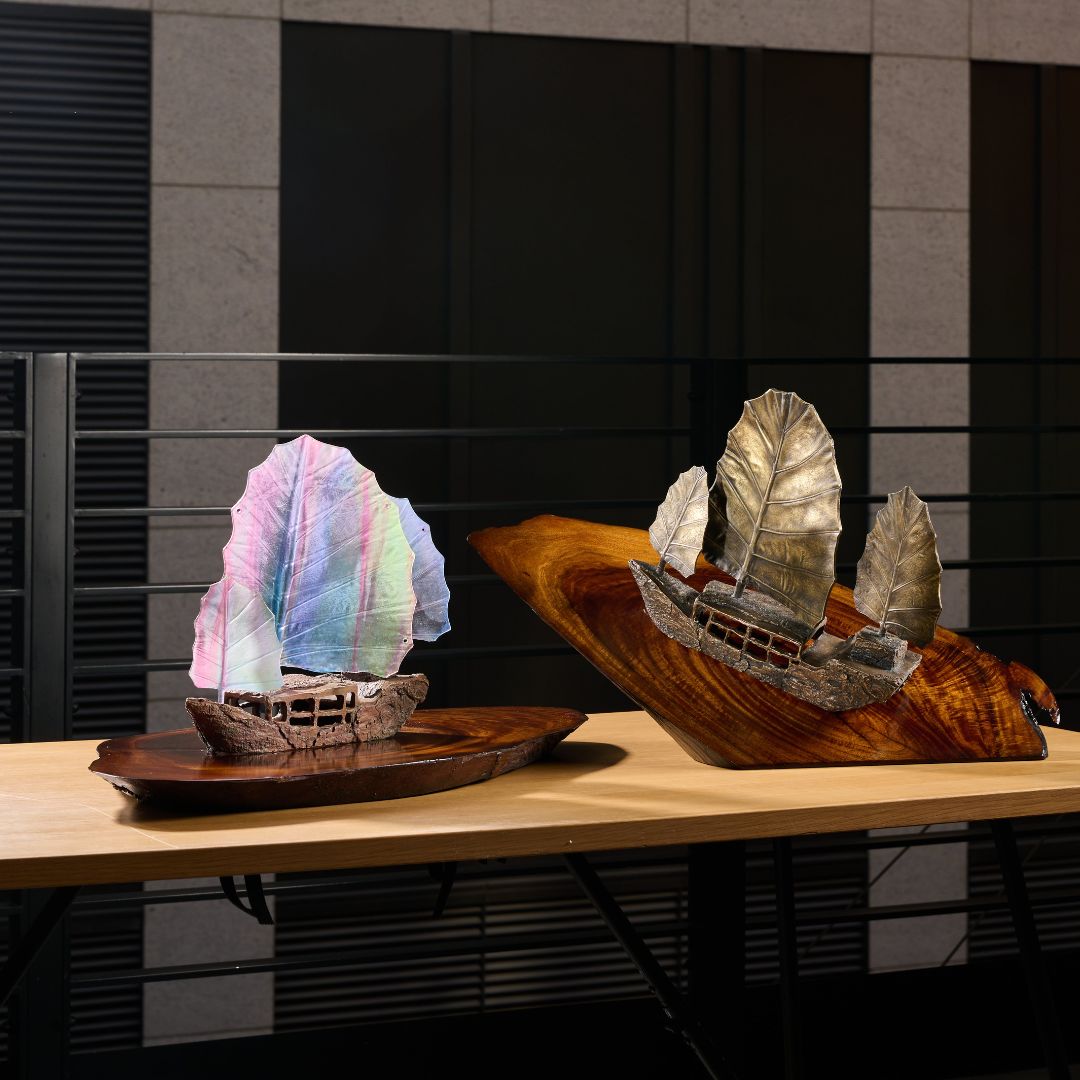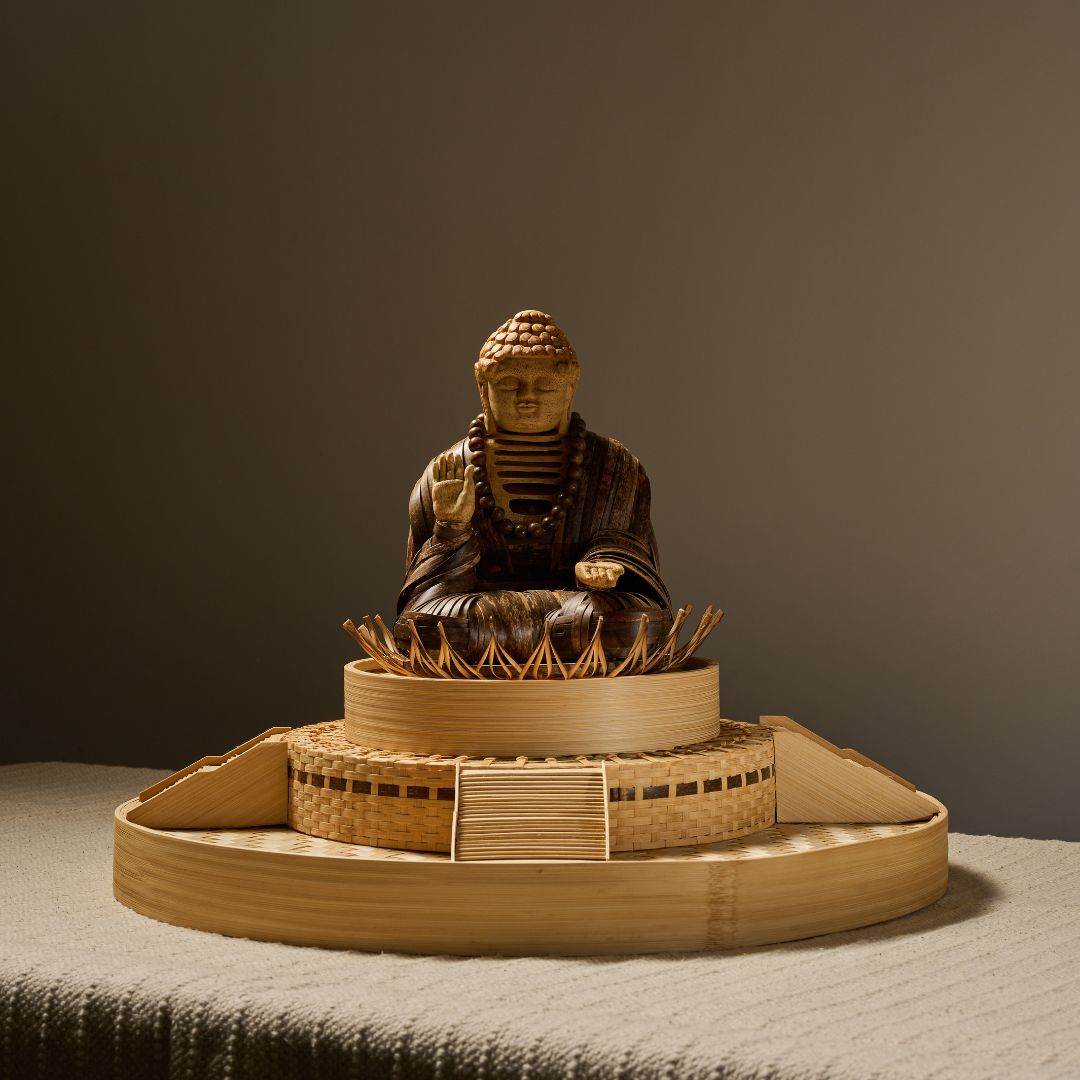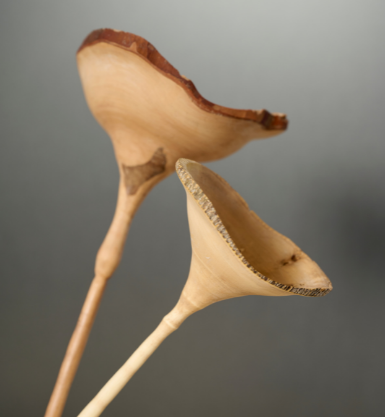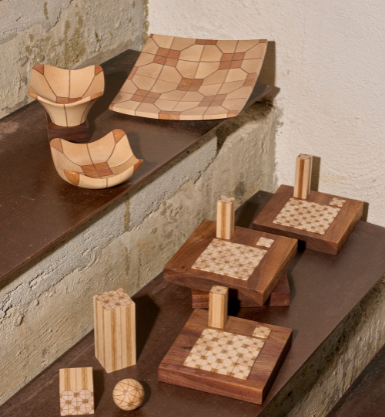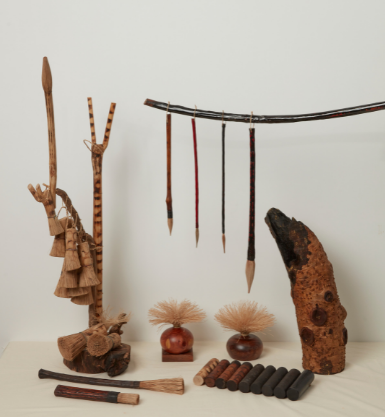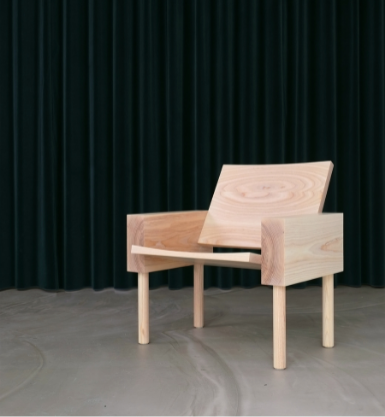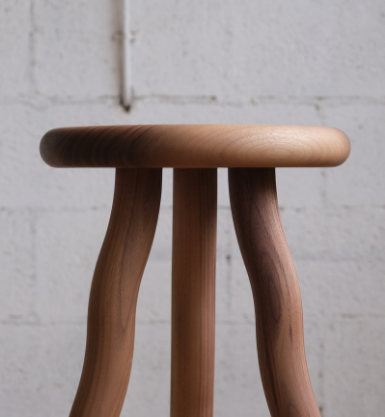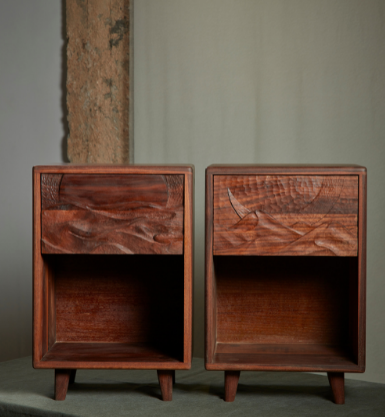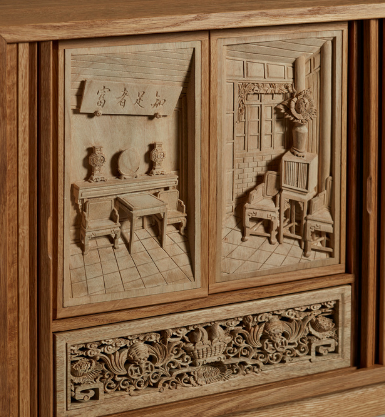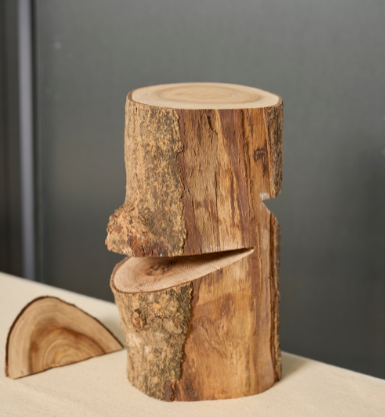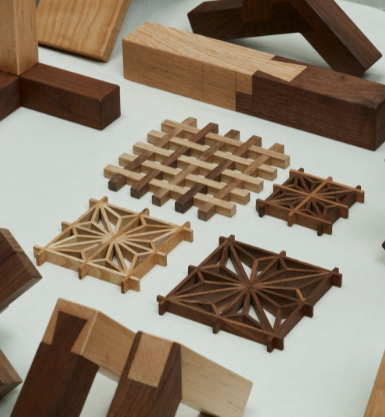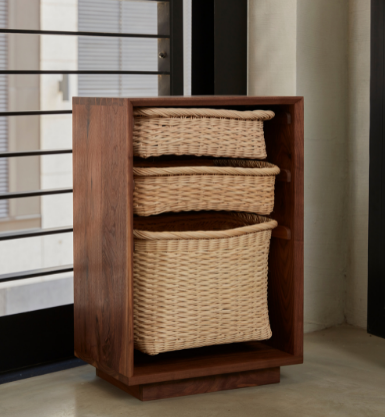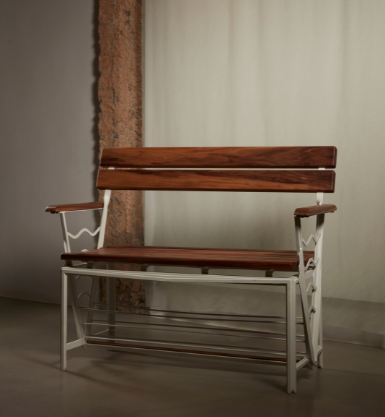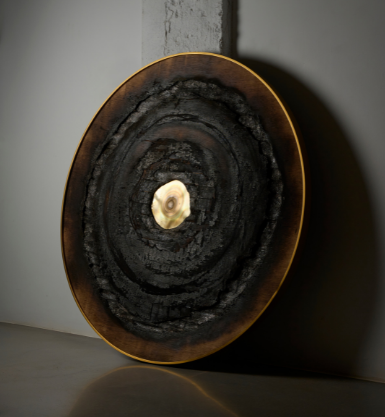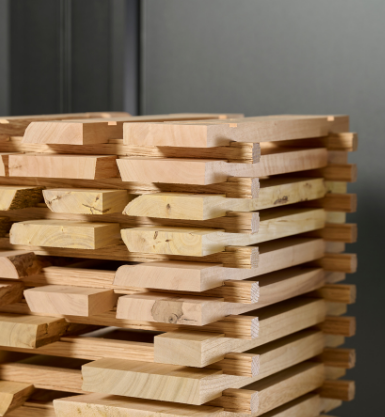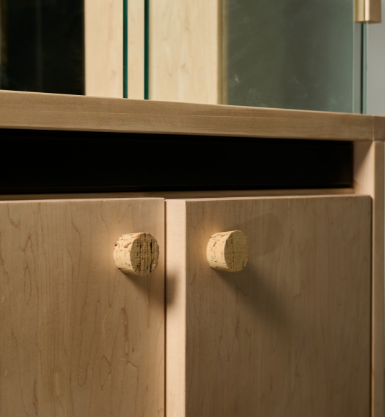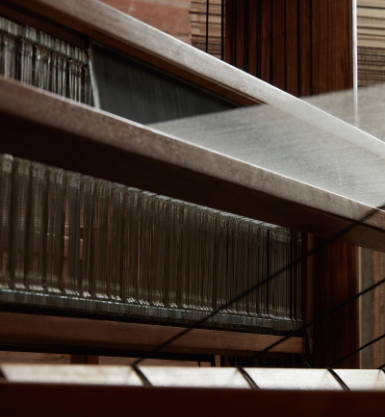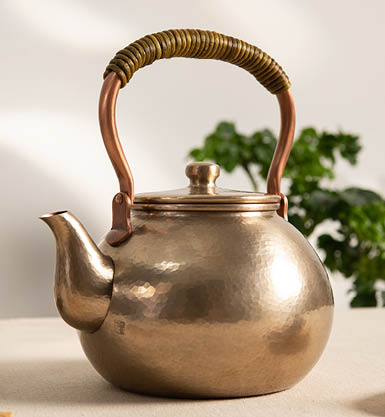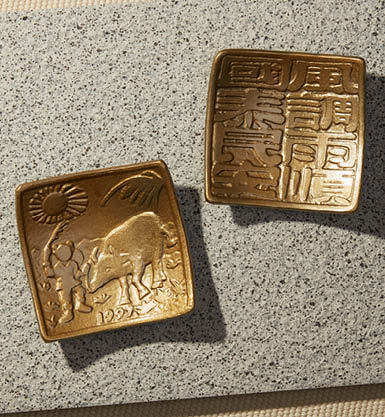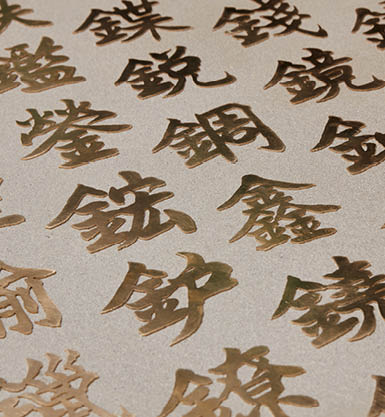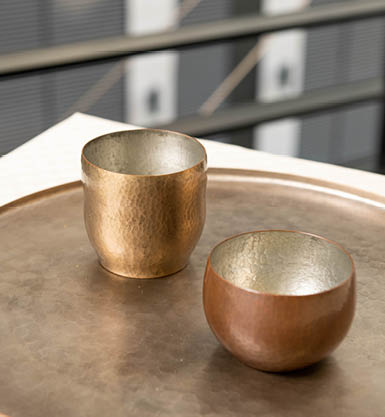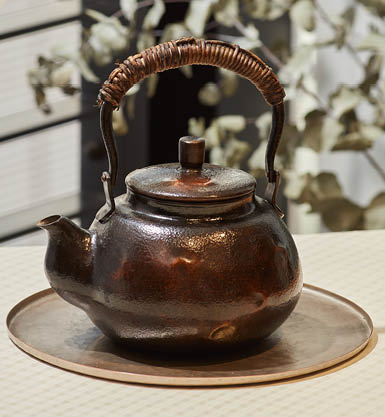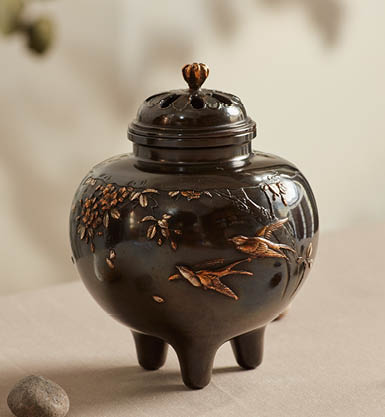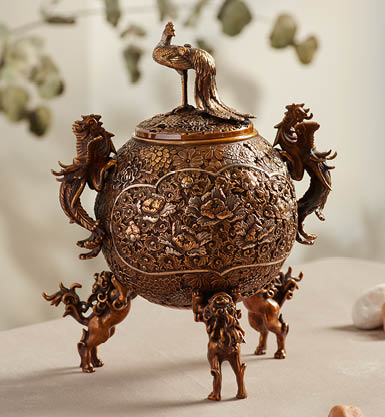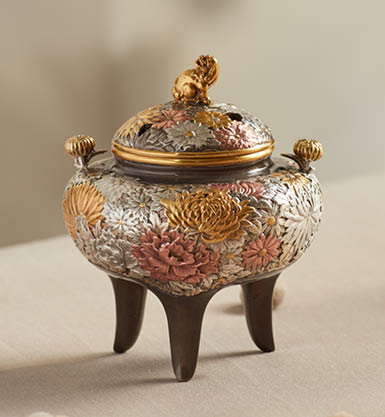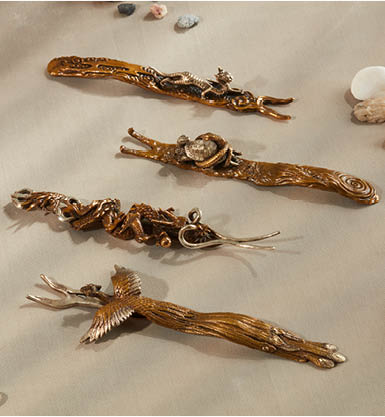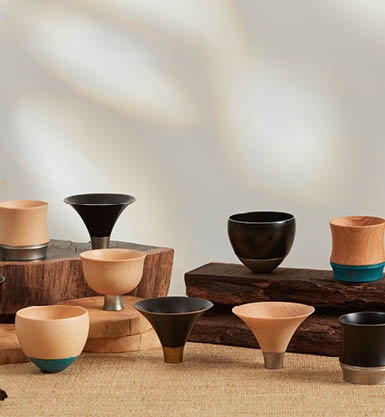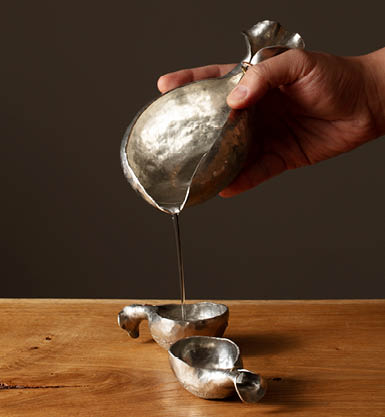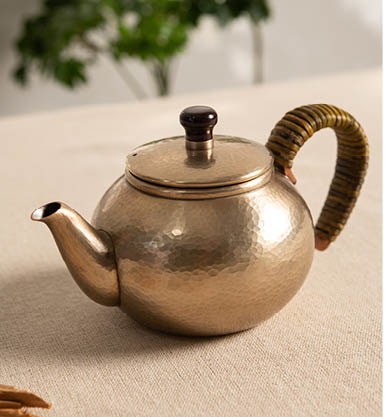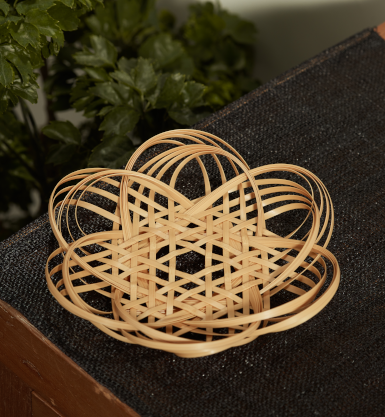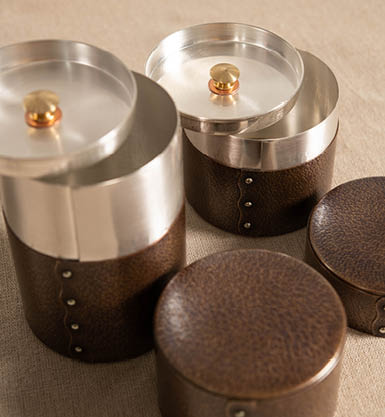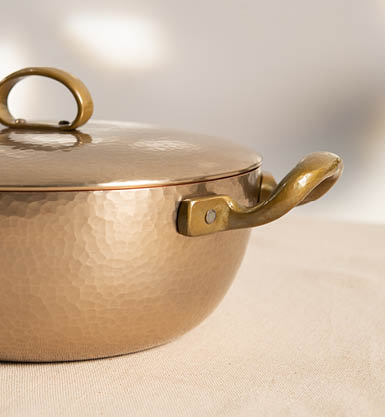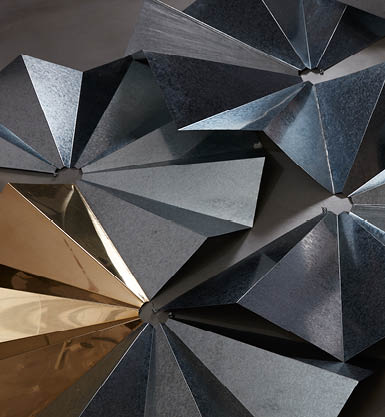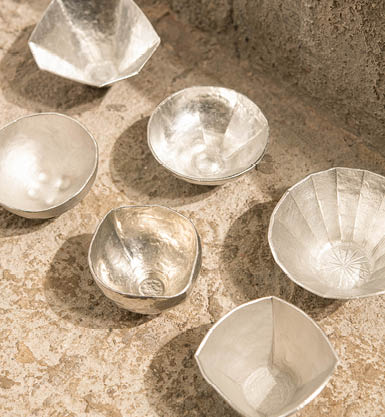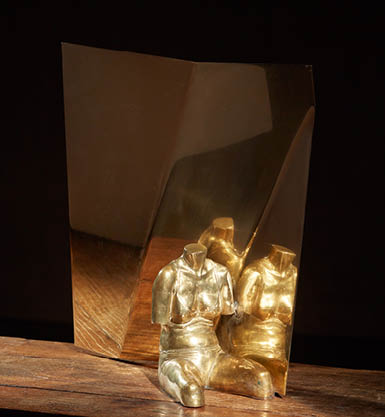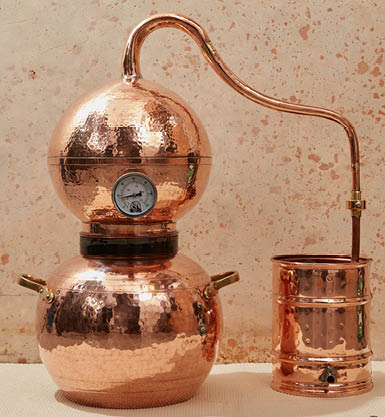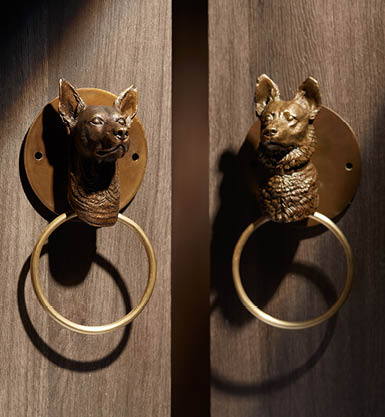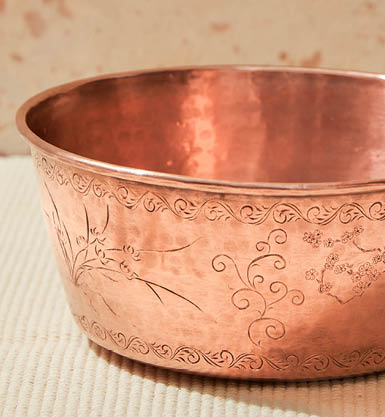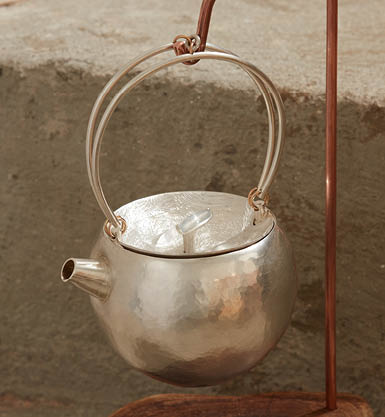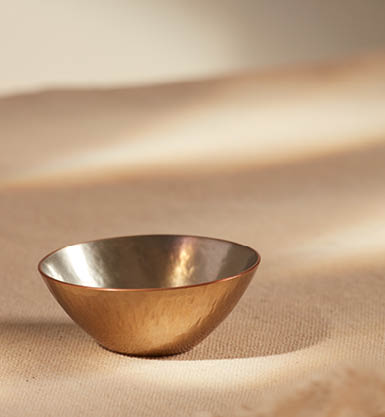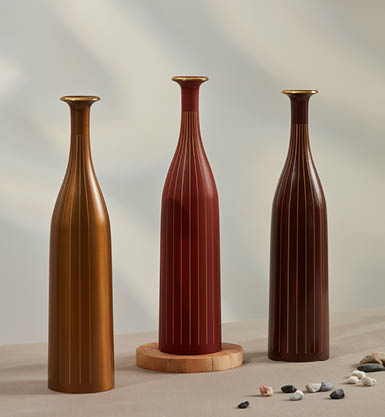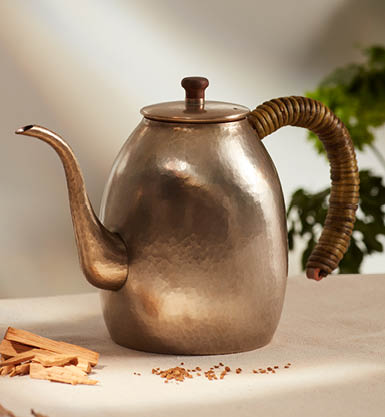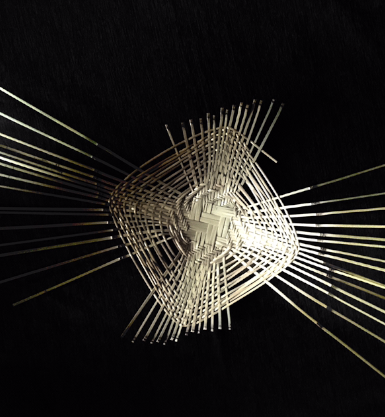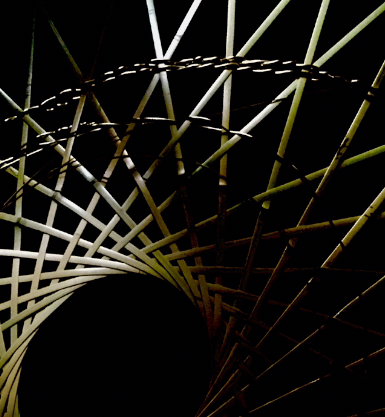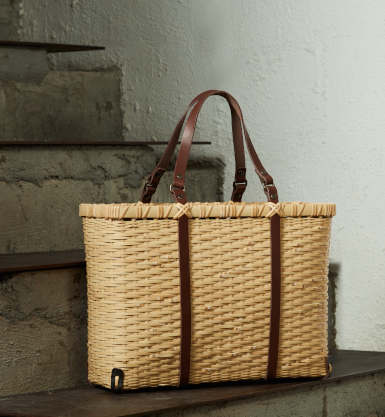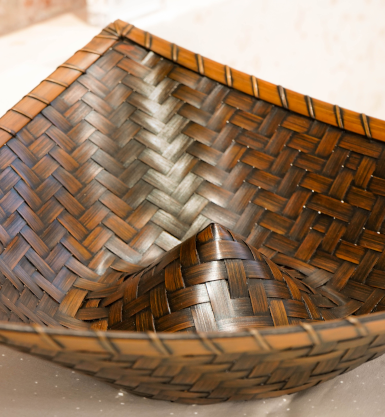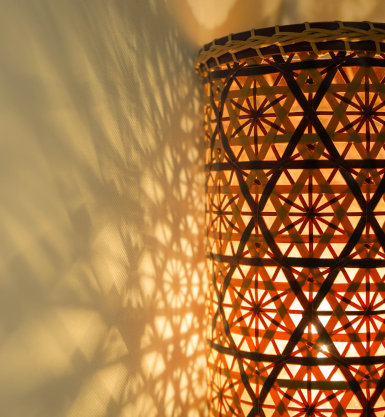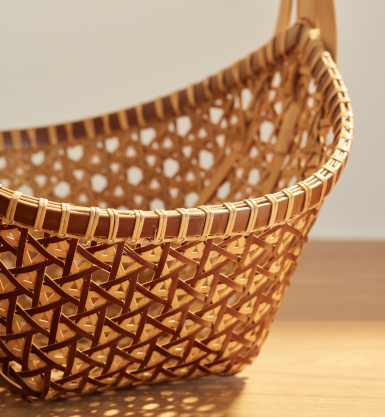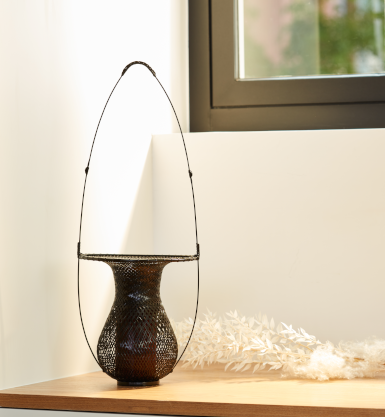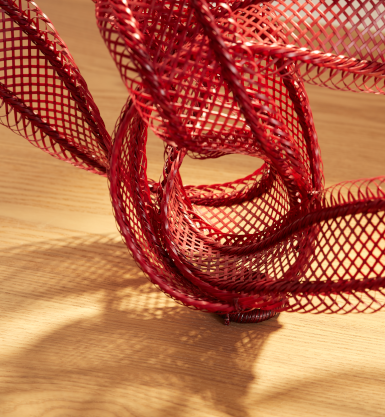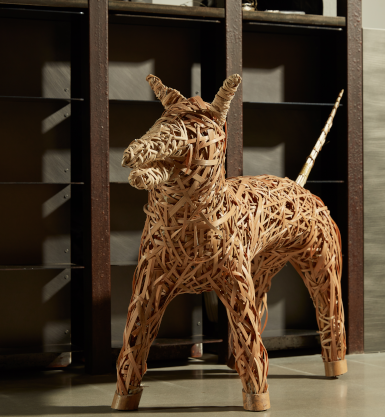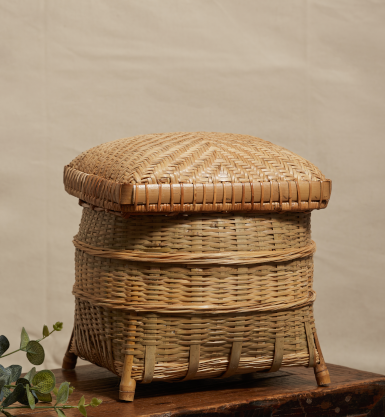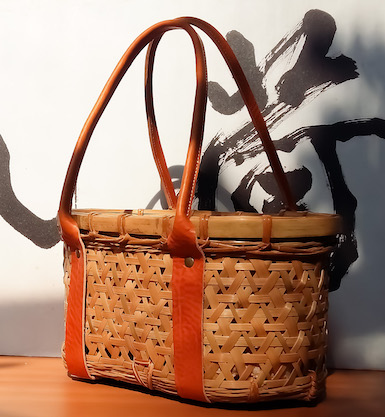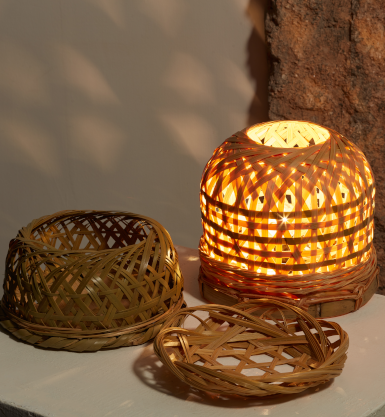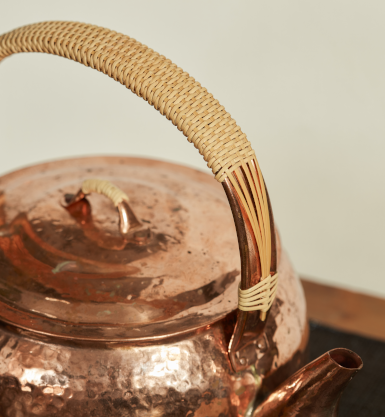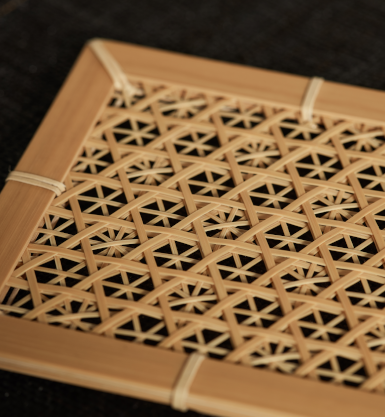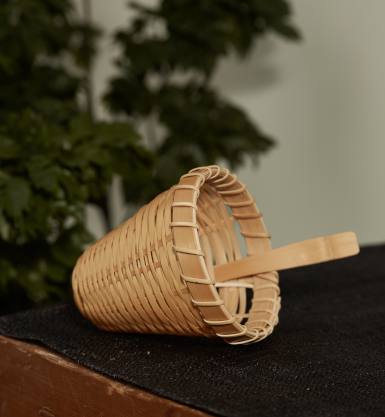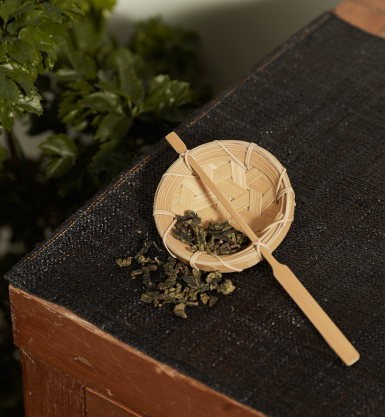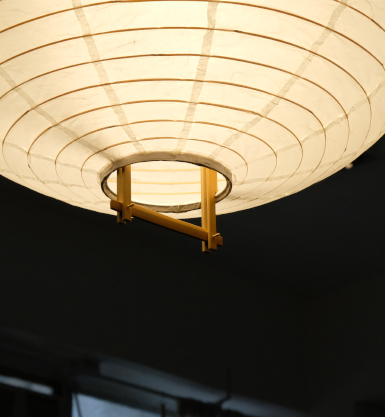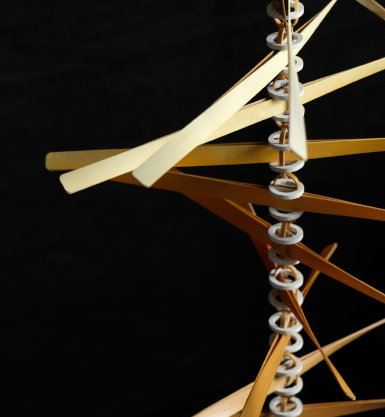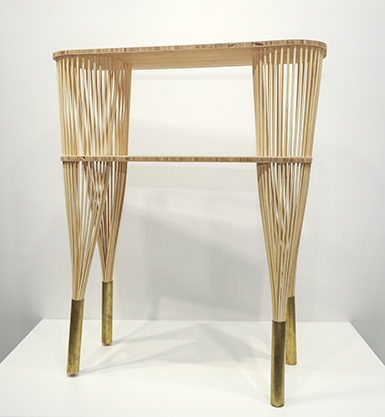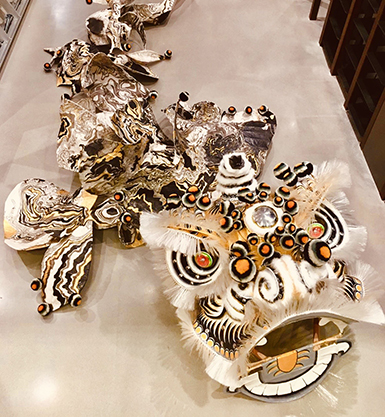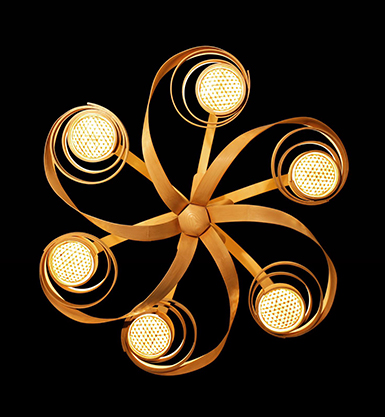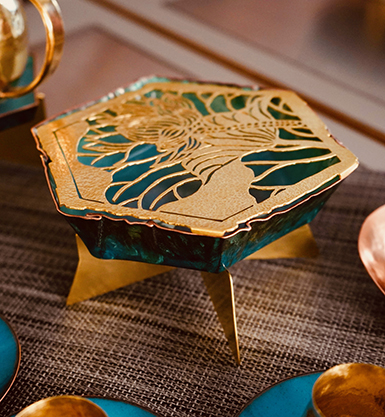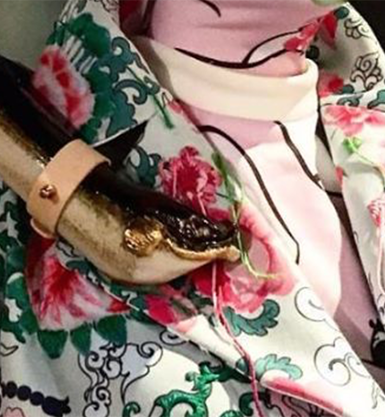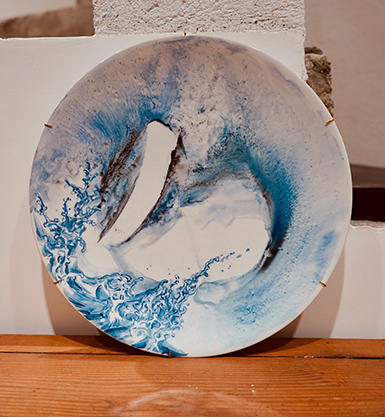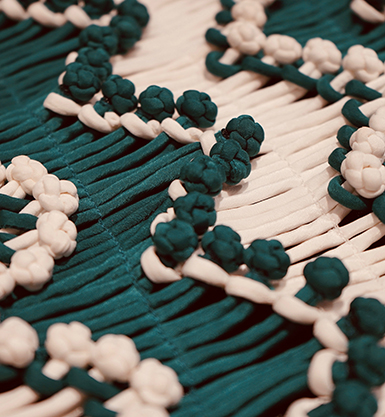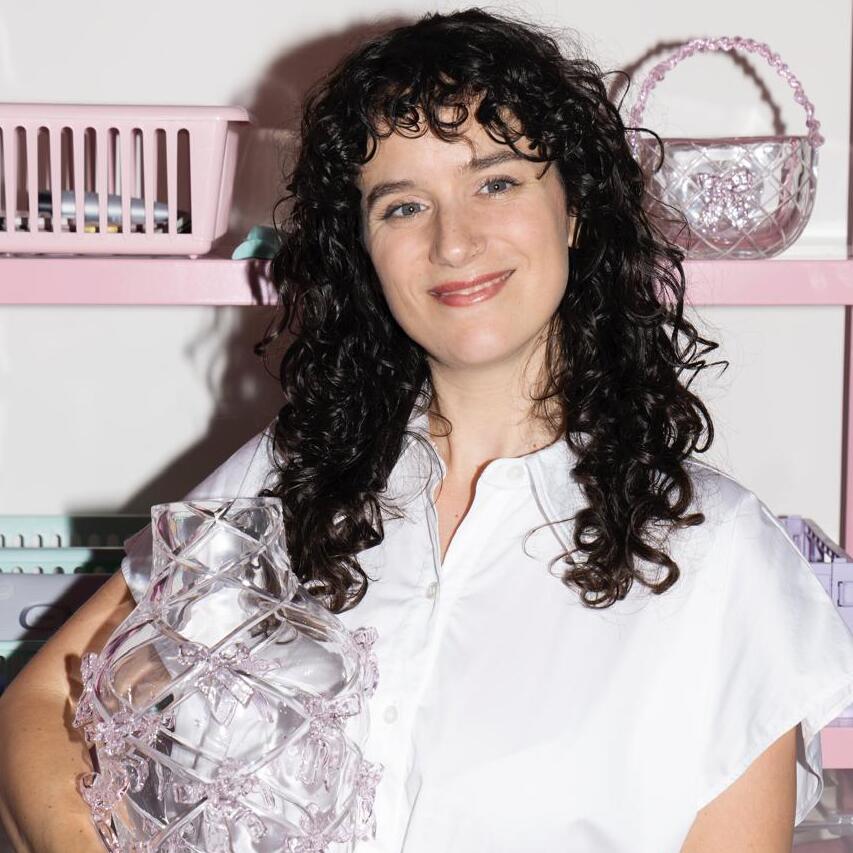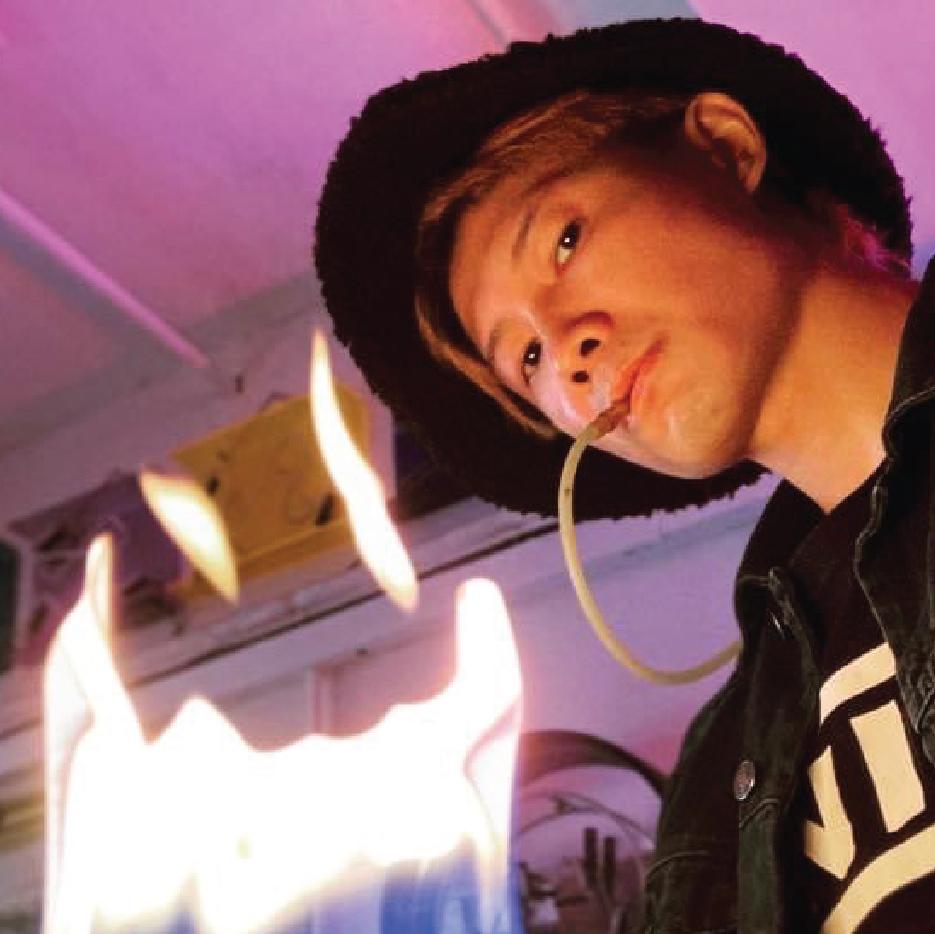The Other Half
About the Artwork
The Other Half attempts to construct a three-dimensional space by precisely juxtaposing three pieces of half-a-heart above a mirror to deliver an elevated viewing experience. The complete imagery in the mirrored reflection symbolizes the cultural convergence and global kinship.
Story of Traditional Crafts
| Story of Neon Signs |
Neon sign installations were officially developed in Europe as commercial signboards in 1912. The first neon sign board in the world was installed in Paris to promote a barbershop. As glass tubes can be modified to various patterns and shapes while heated at high temperatures, these colorful and brightly-lit neon light designs became a popular medium for advertising and signage. The trend of neon sign boards eventually spread to North America and Asia, including Hong Kong.
In 1920, the official definition and construction guidelines of neon signs were established in Hong Kong. After the Japanese invasion in the 1940s, the local neon industry resumed along with the economic development and mounting demands for product advertising in the 1950s. As local entertainment and retail shops continued to blossom in the 1960s, neon signage for restaurants, mahjong parlors, pawn shops, night clubs and shops selling various products, began to fill up the space between buildings above the streets of Hong Kong, with particular density on Nathan Road which runs across the districts of Tsim Sha Tsui, Yau Ma Tei, and Mong Kok. Despite the availability of other types of signage, for example, lightbox and metalwork calligraphy, neon sign boards were the most eye-catching, therefore became the favorite of business owners.
However, since 2000, the energy-saving and low-cost invention of light-emitting diodes (LEDs) has been introduced into the market, gradually replacing neon lights. Simultaneously, existing neon signs, either abandoned or poorly maintained, have caused safety hazards and even accidents. In 2010, the Hong Kong government started to strictly regulate the specifications of signboards (including those without neon), implementing removal orders for unauthorized signboards and issuing "Dangerous Structure Removal Notices." Due to the stringent government regulation and the high maintenance cost, many neon signs are forced to face the inevitable fate of removal.
The neon signs that once hung above our streets gave Hong Kong a distinctive visual image, savored by both locals and visitors alike. These signs serve not only to decorate and indicate locations, but also reflect the vibrant popular culture and purchasing behavior of generations of people in Hong Kong from the 1950s to 1990s.
While Hong Kong's neon streetscape is best captured through the lens of movie directors in films and music videos, local cultural conservation scholars and organizations are working diligently to revitalize and promote this local craft through salvaging demolished signs, exhibitions, lectures, publications, workshops, sharing sessions and other activities, to help the public understand the aesthetics of neon signs and its cultural and historical missions.
Making Process
In the creation of The Other Half, the two artisans subtly explored the spatial dimensions of the medium with exquisite skills. By positioning the glass tubes perpendicular to a mirror, they elevated the work from plane to three dimensions, creating a spectacular visual effect.
Artworks from same series
OTHER WORKS FROM EXHIBITION
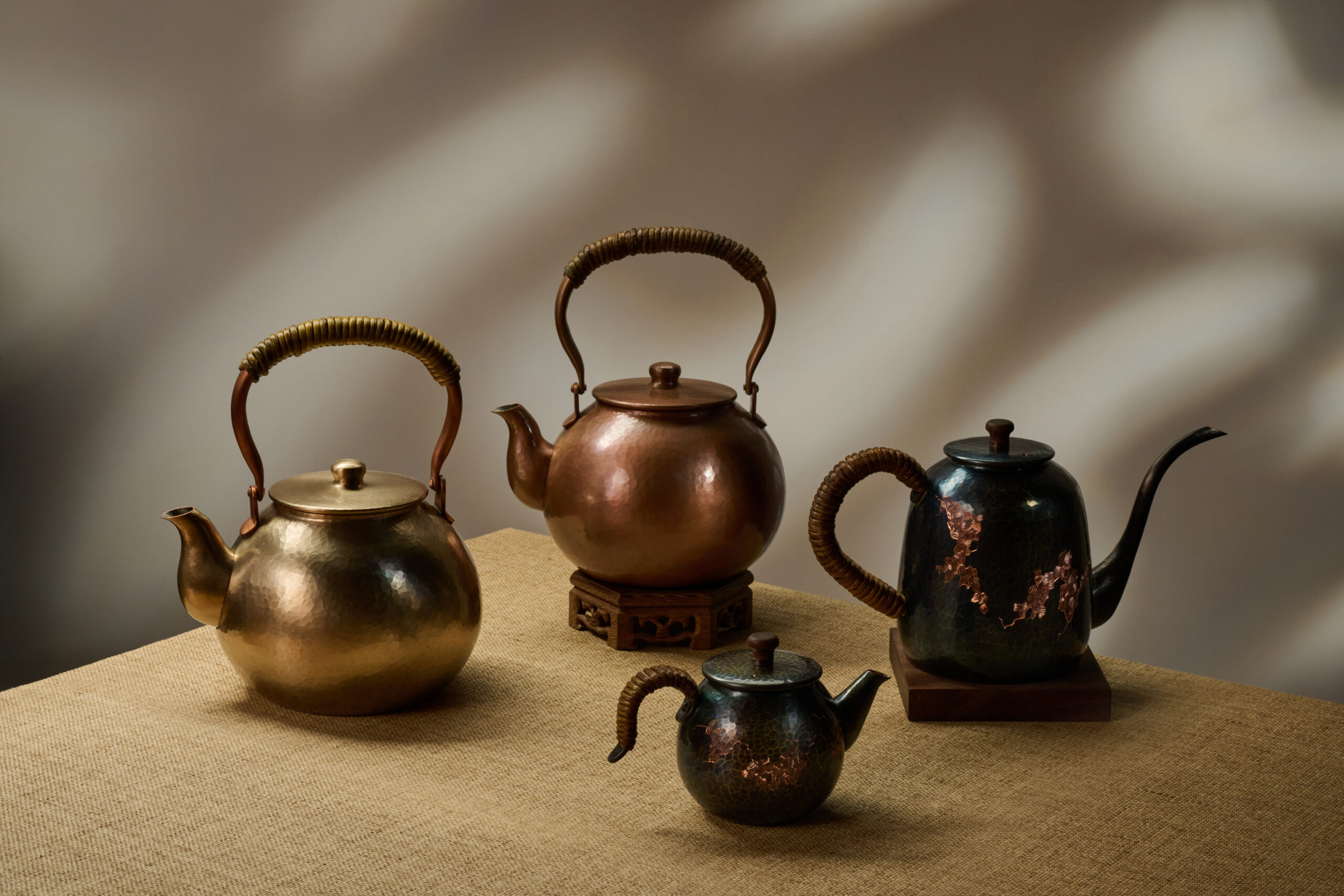
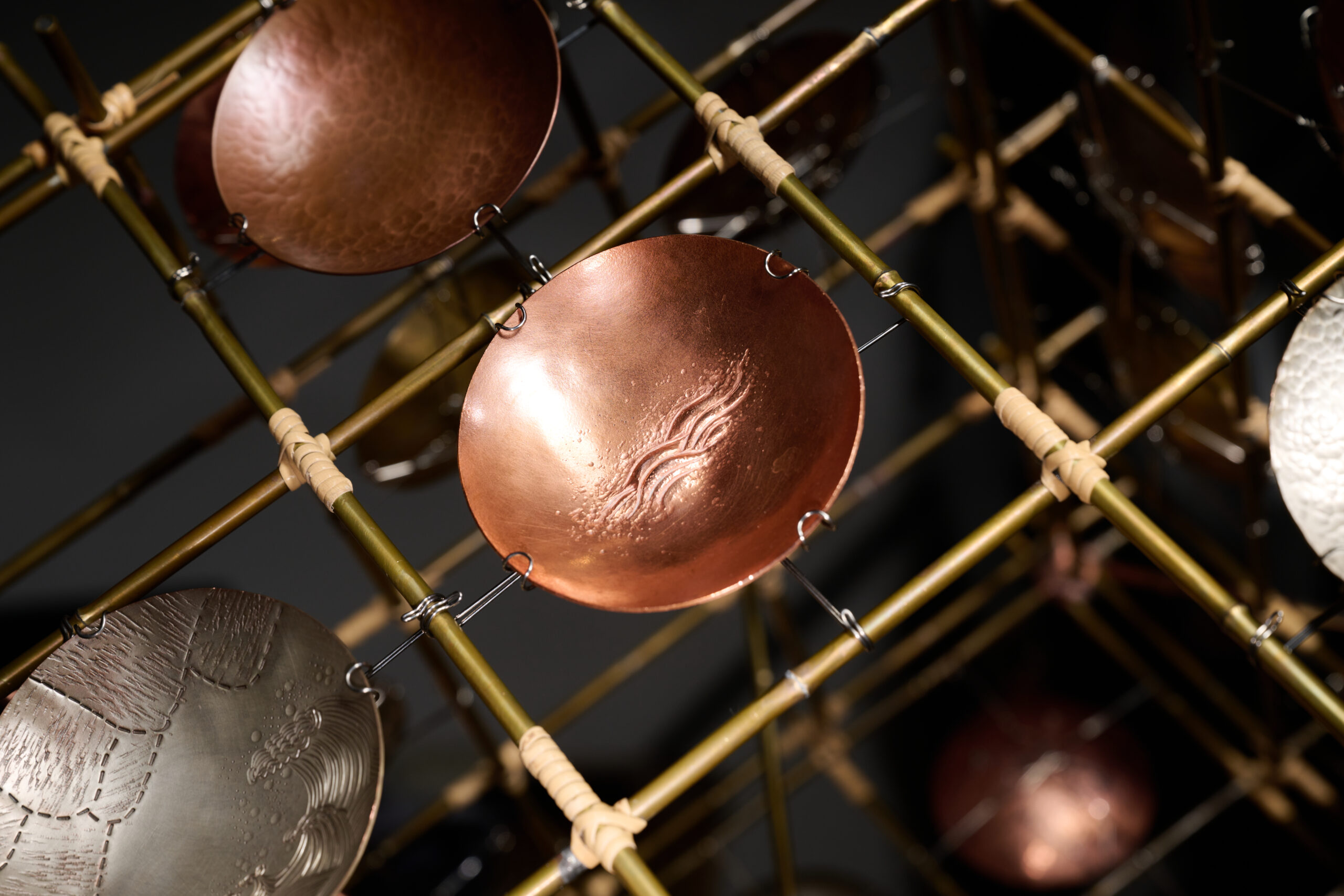
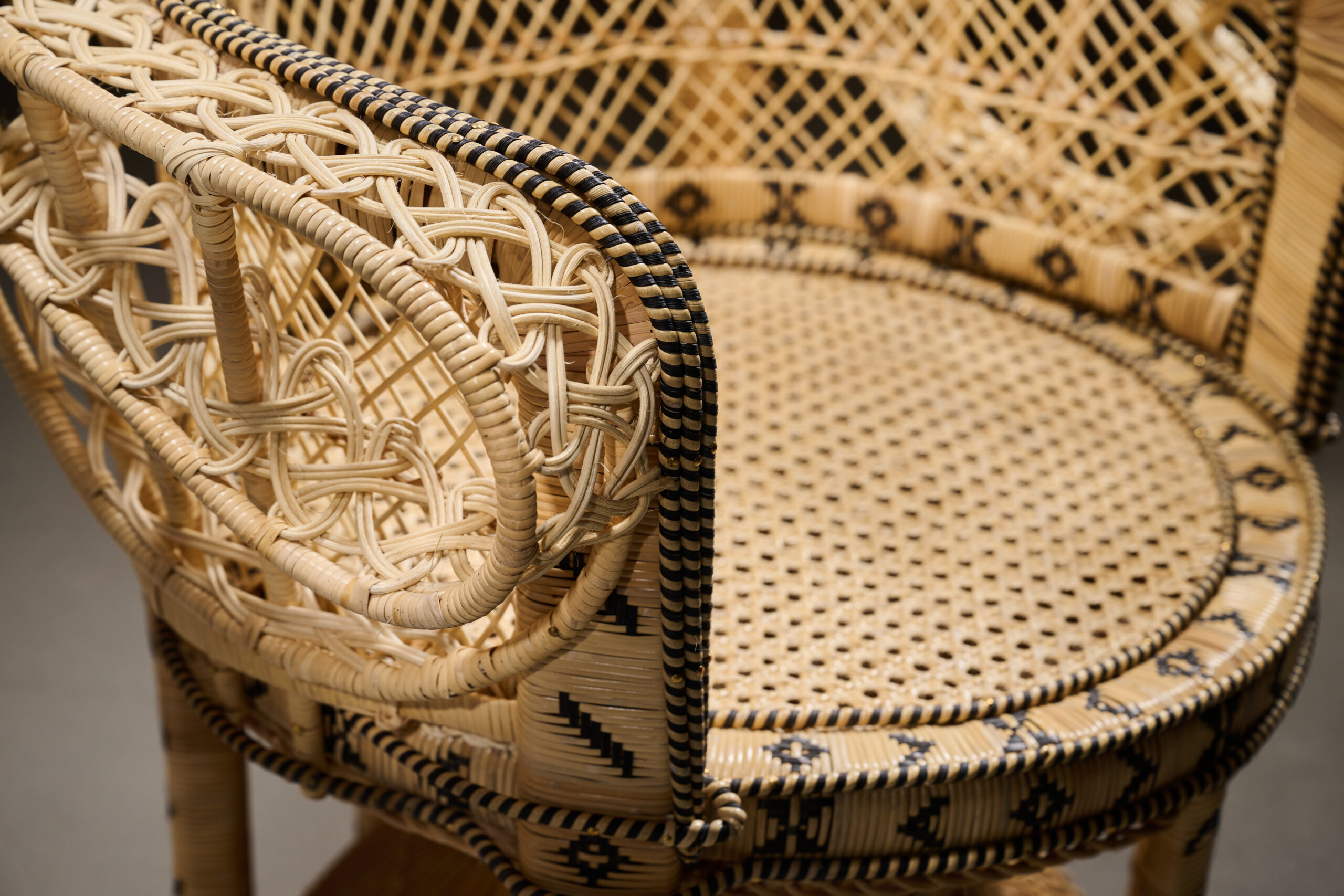
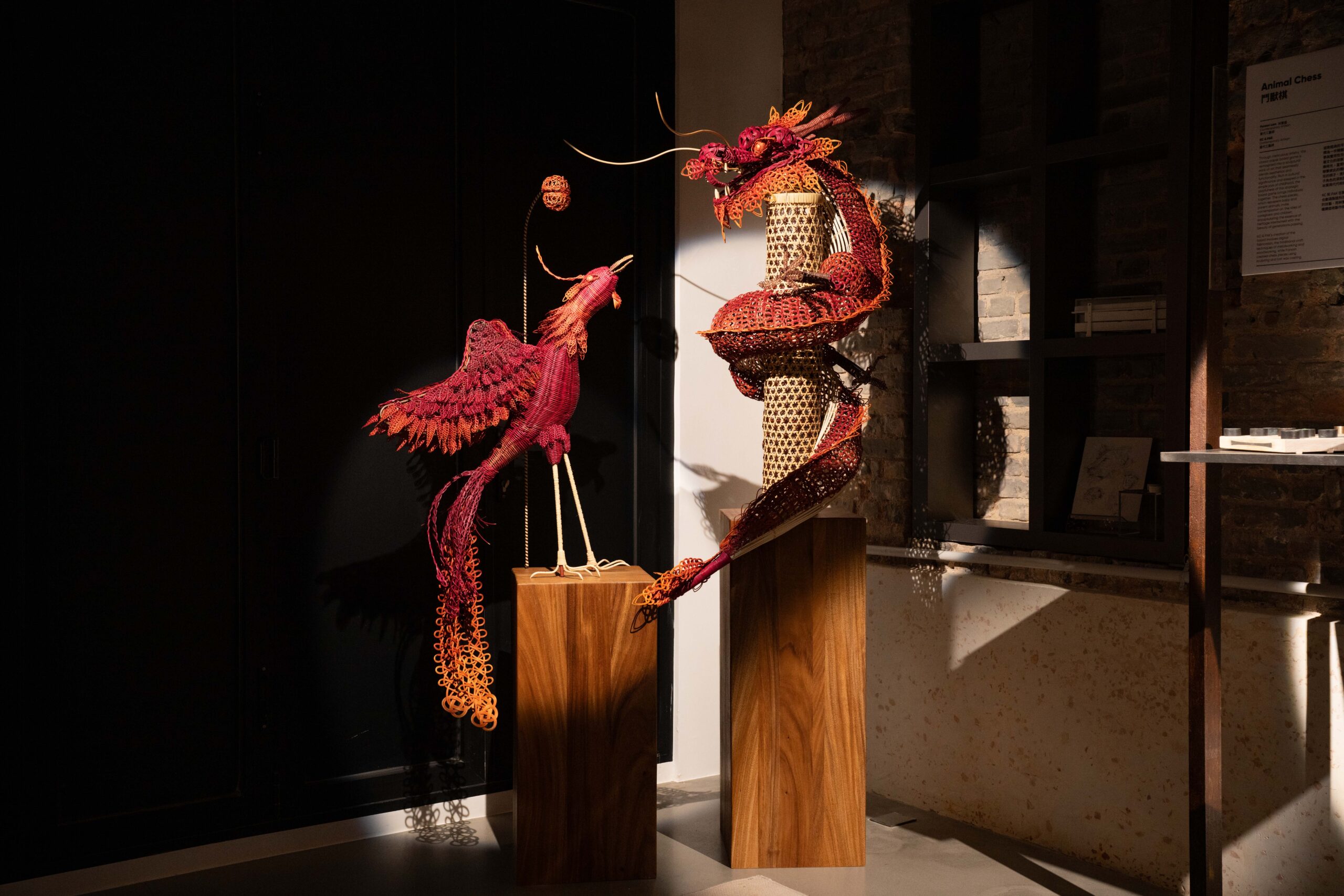
Auspicious Horizons
Yue Kee Rattan Factory & Ahung Masikadd & Barnard Chan & Cecilia Lai
